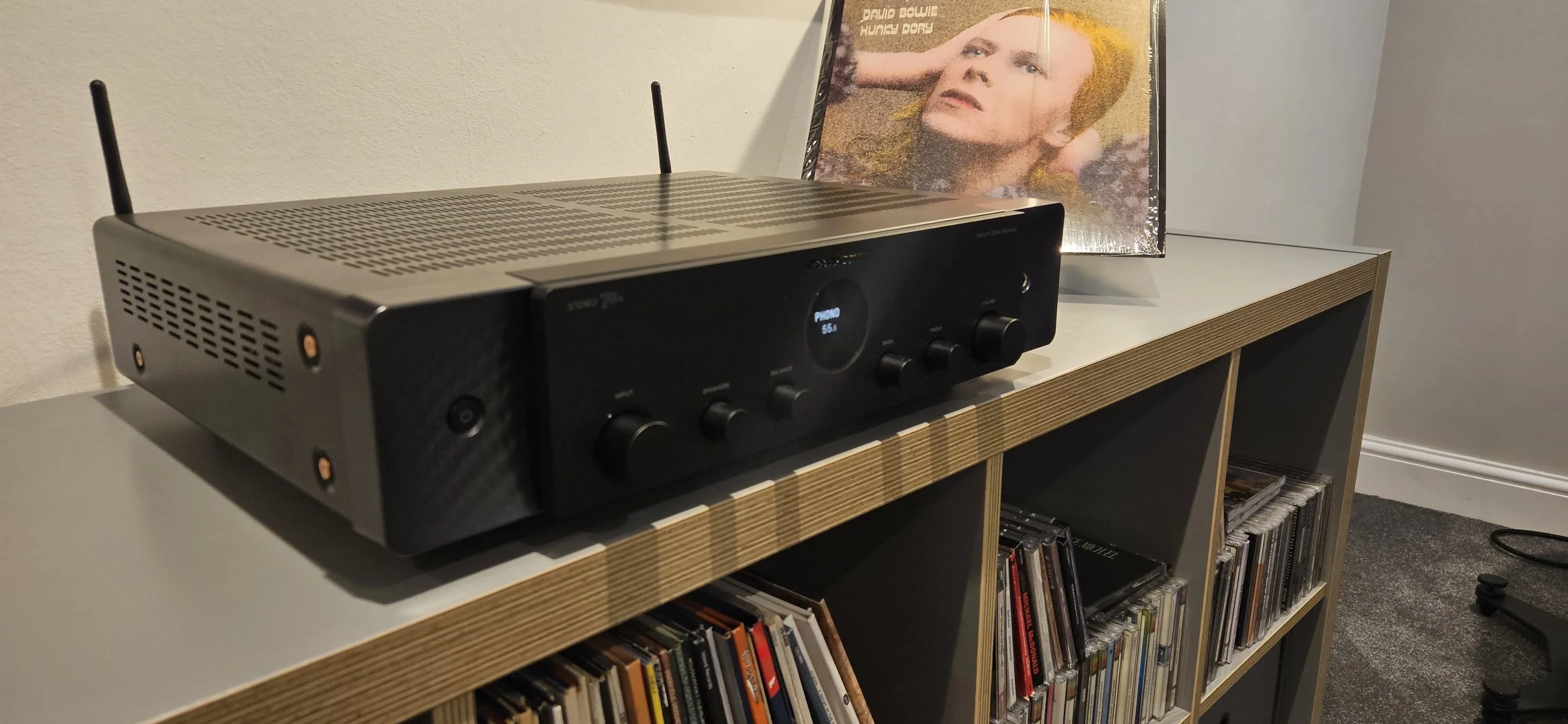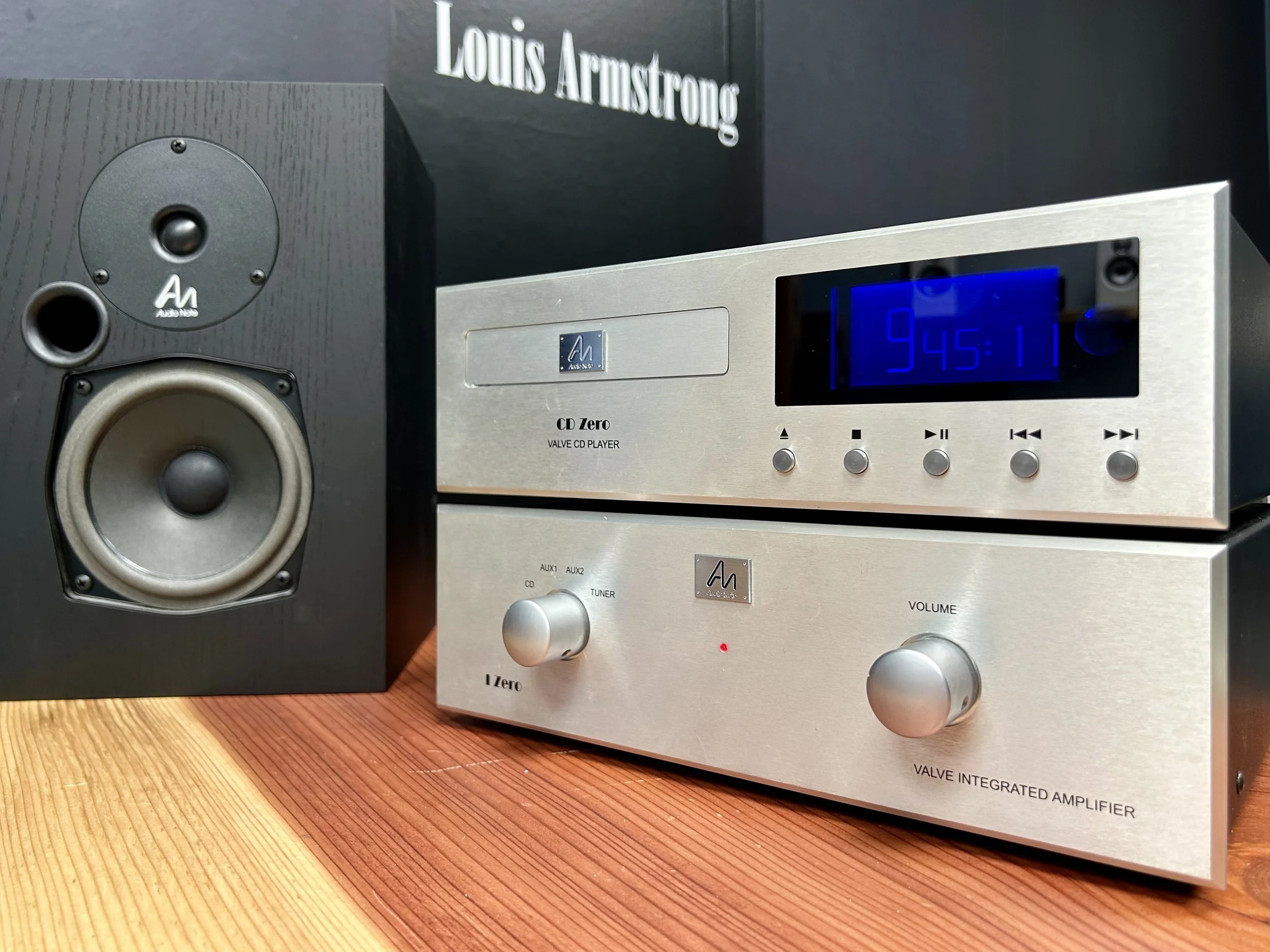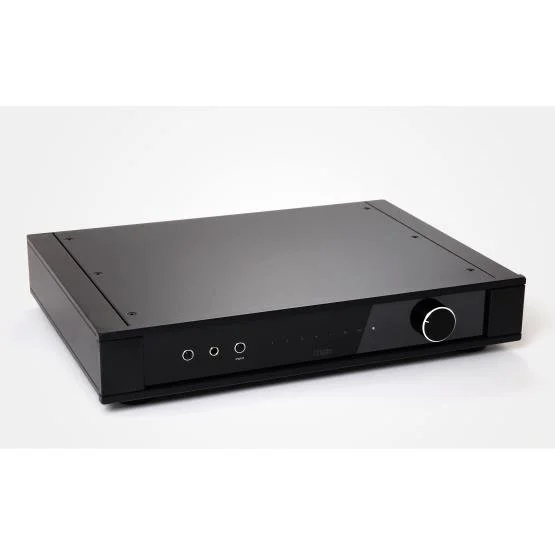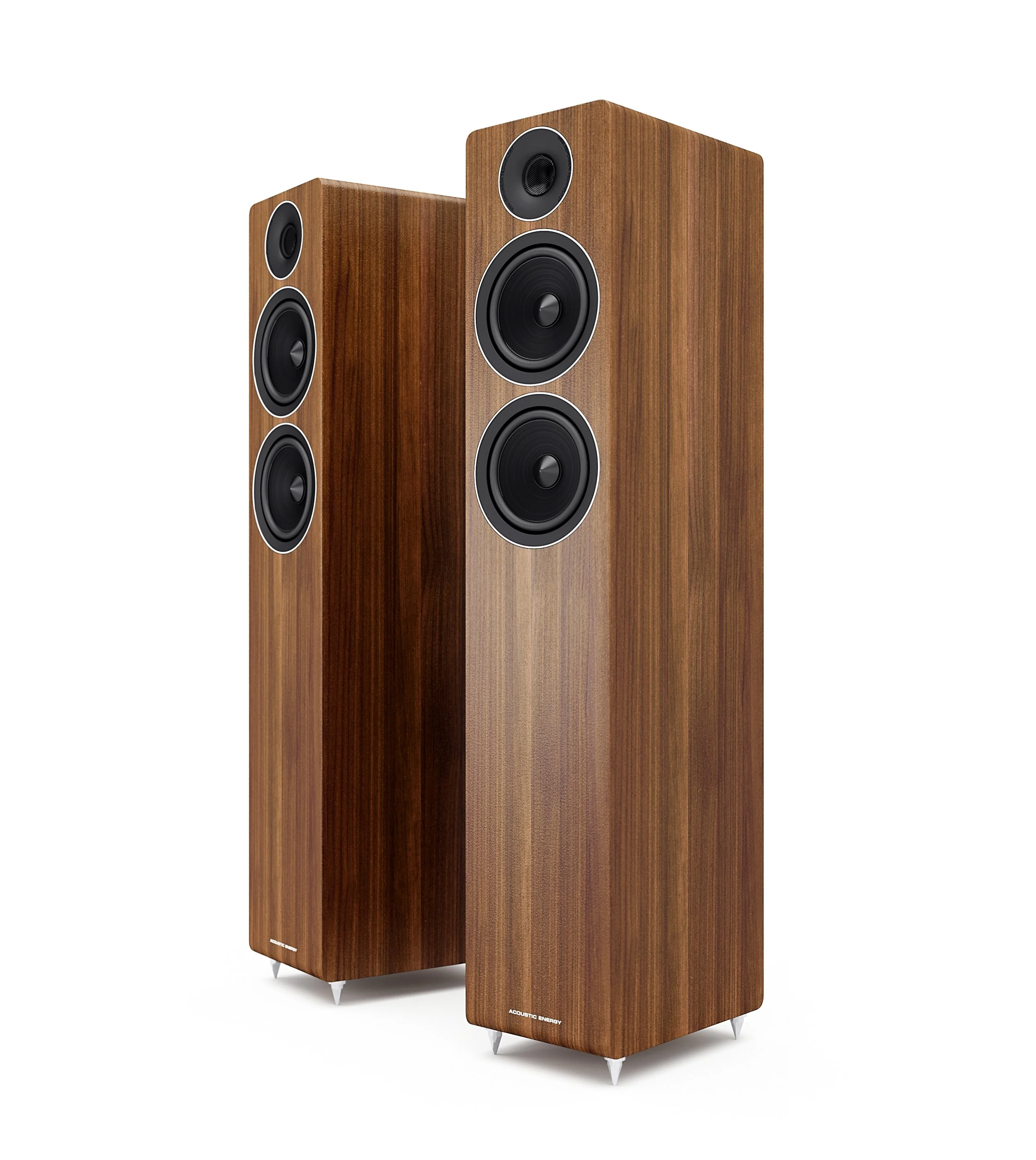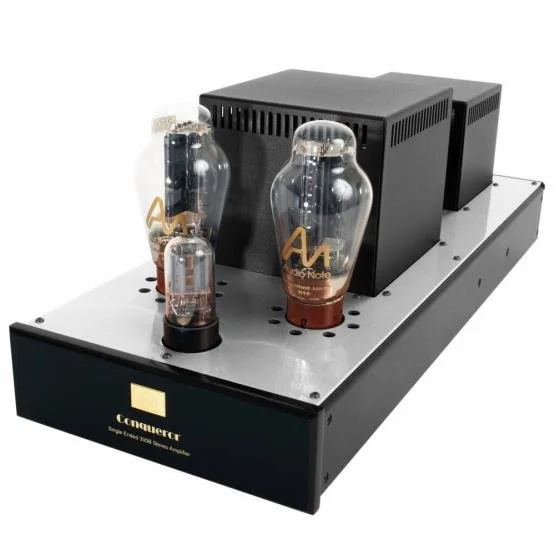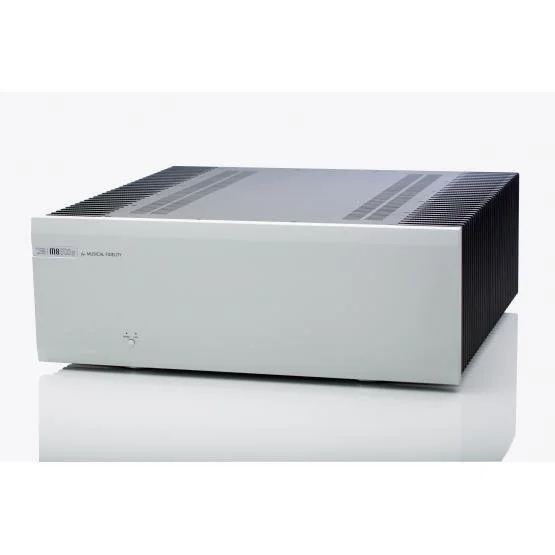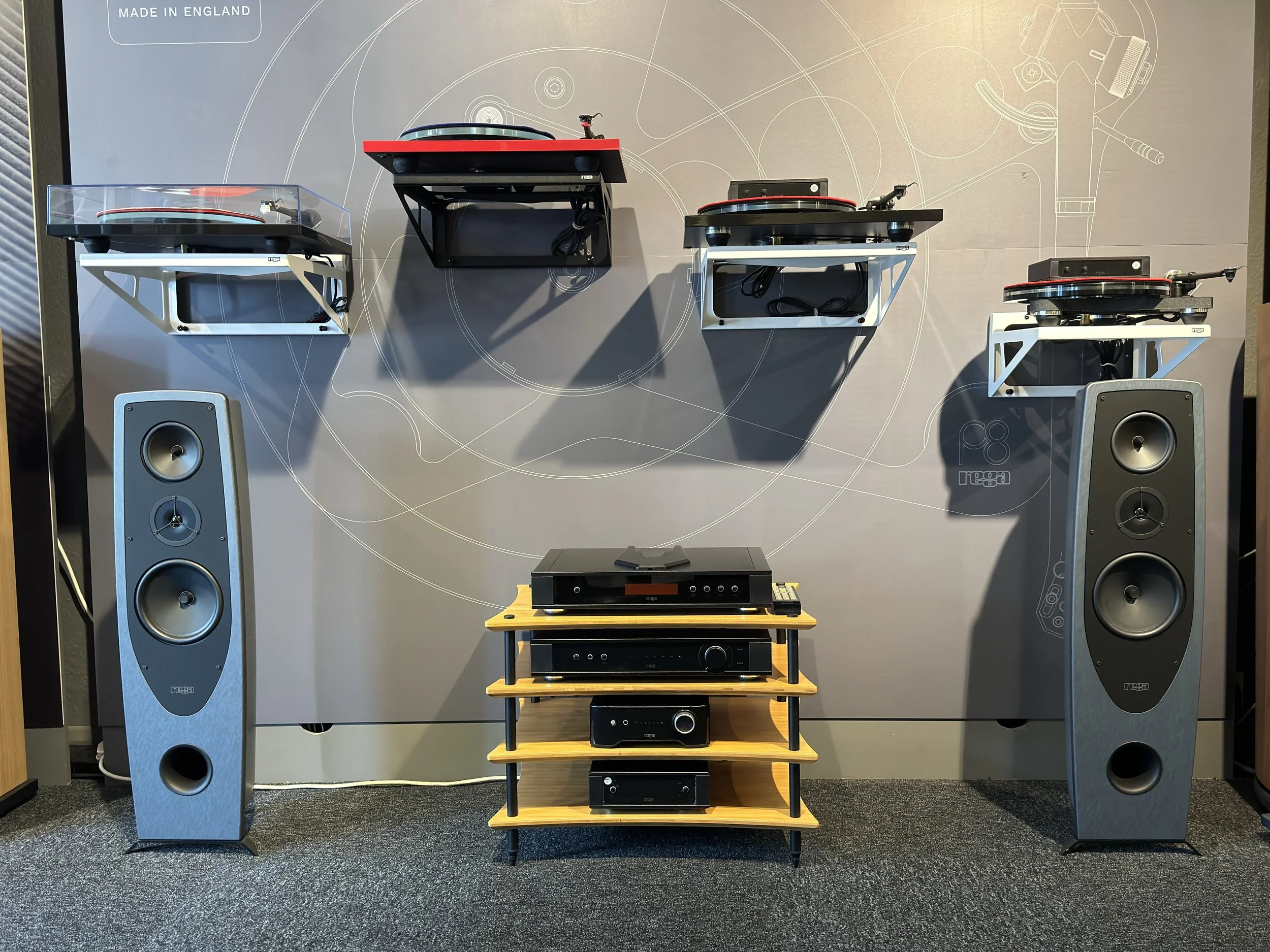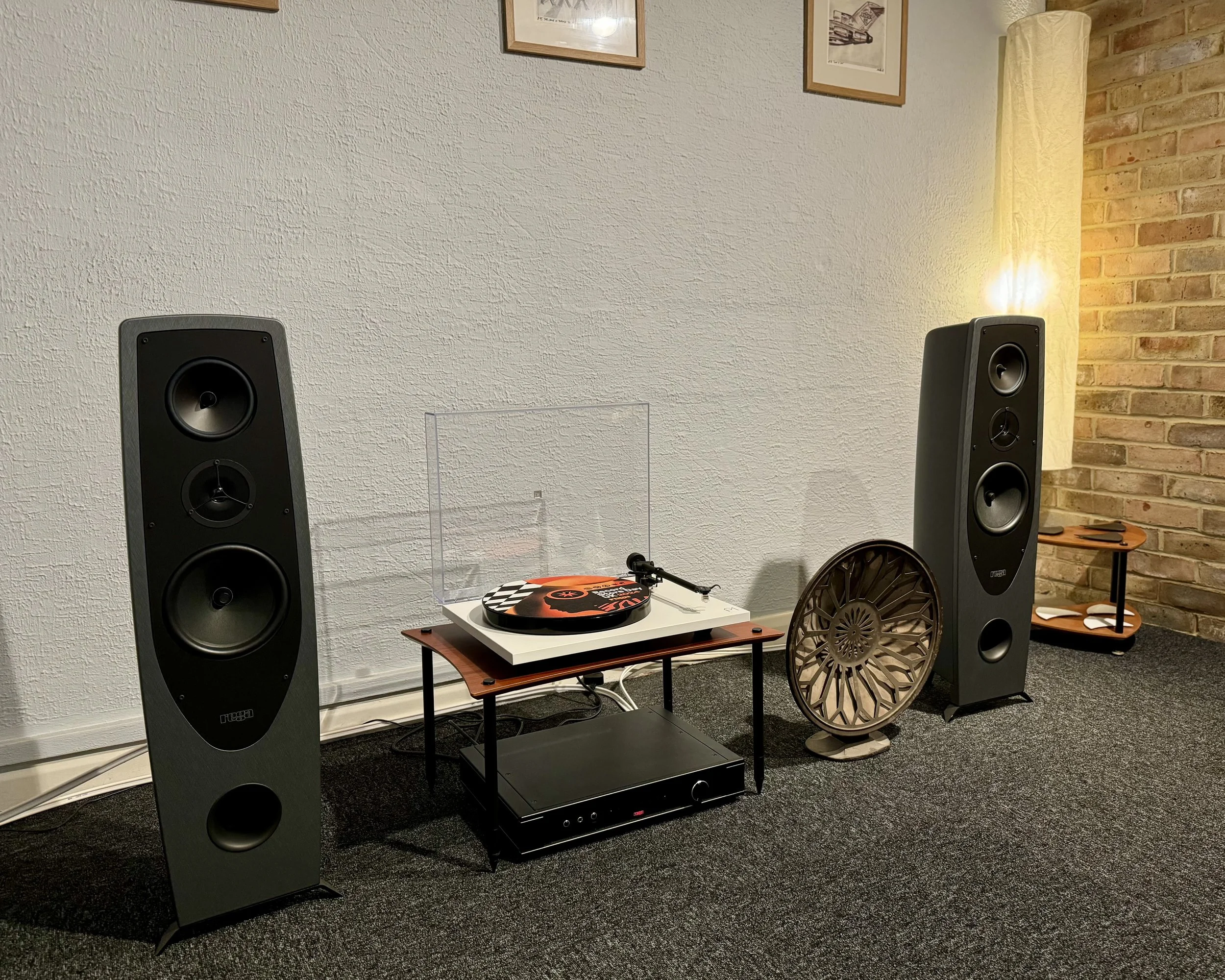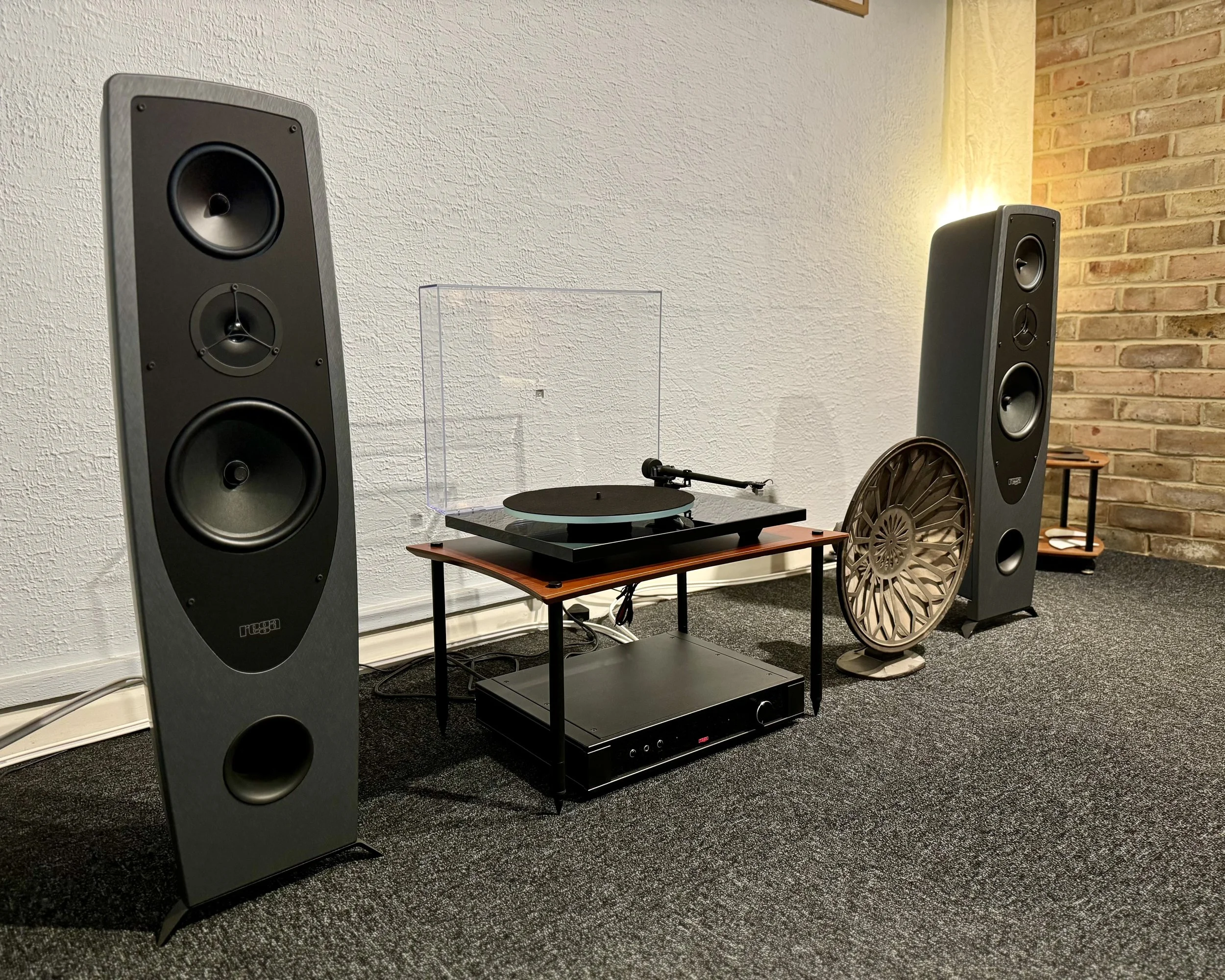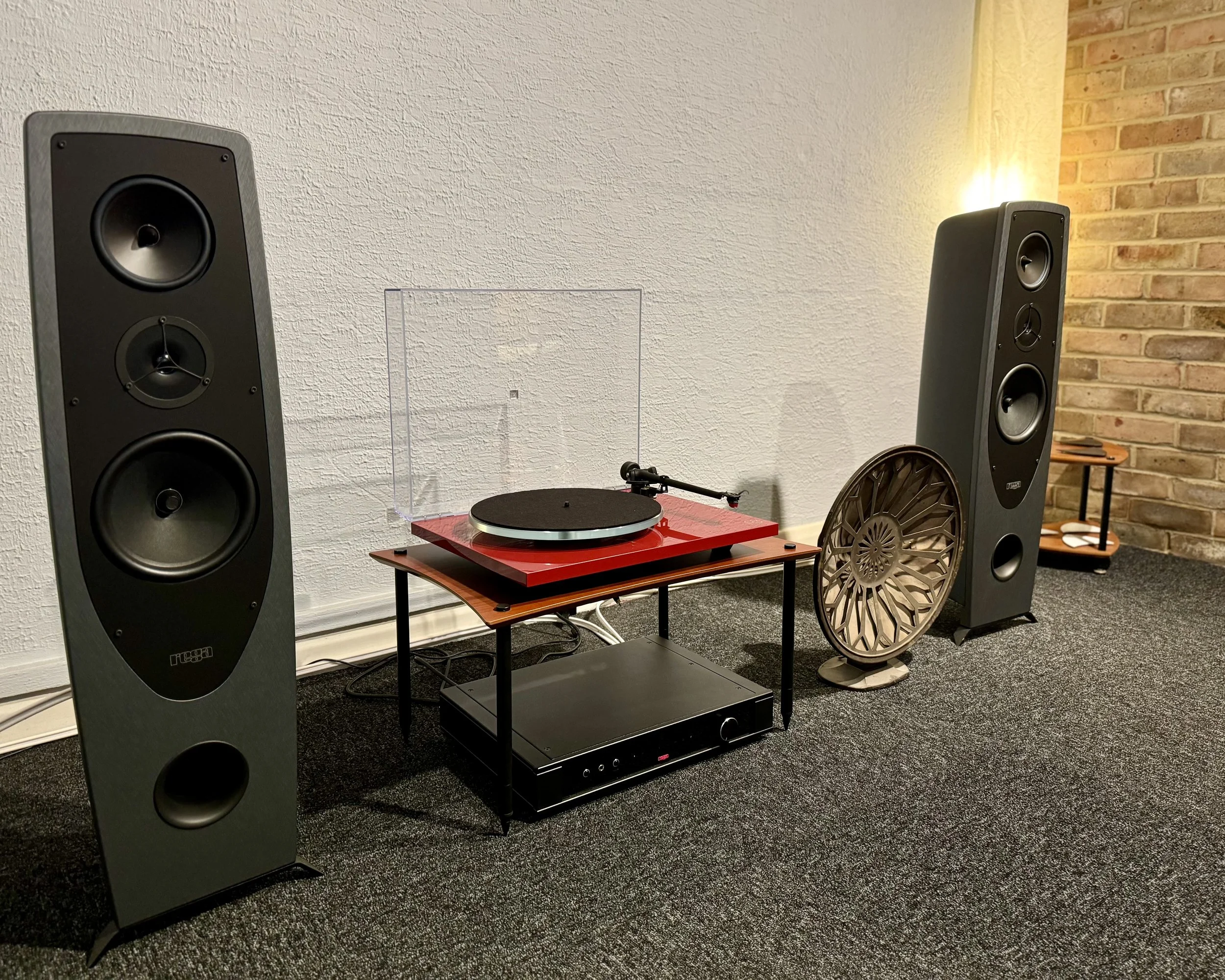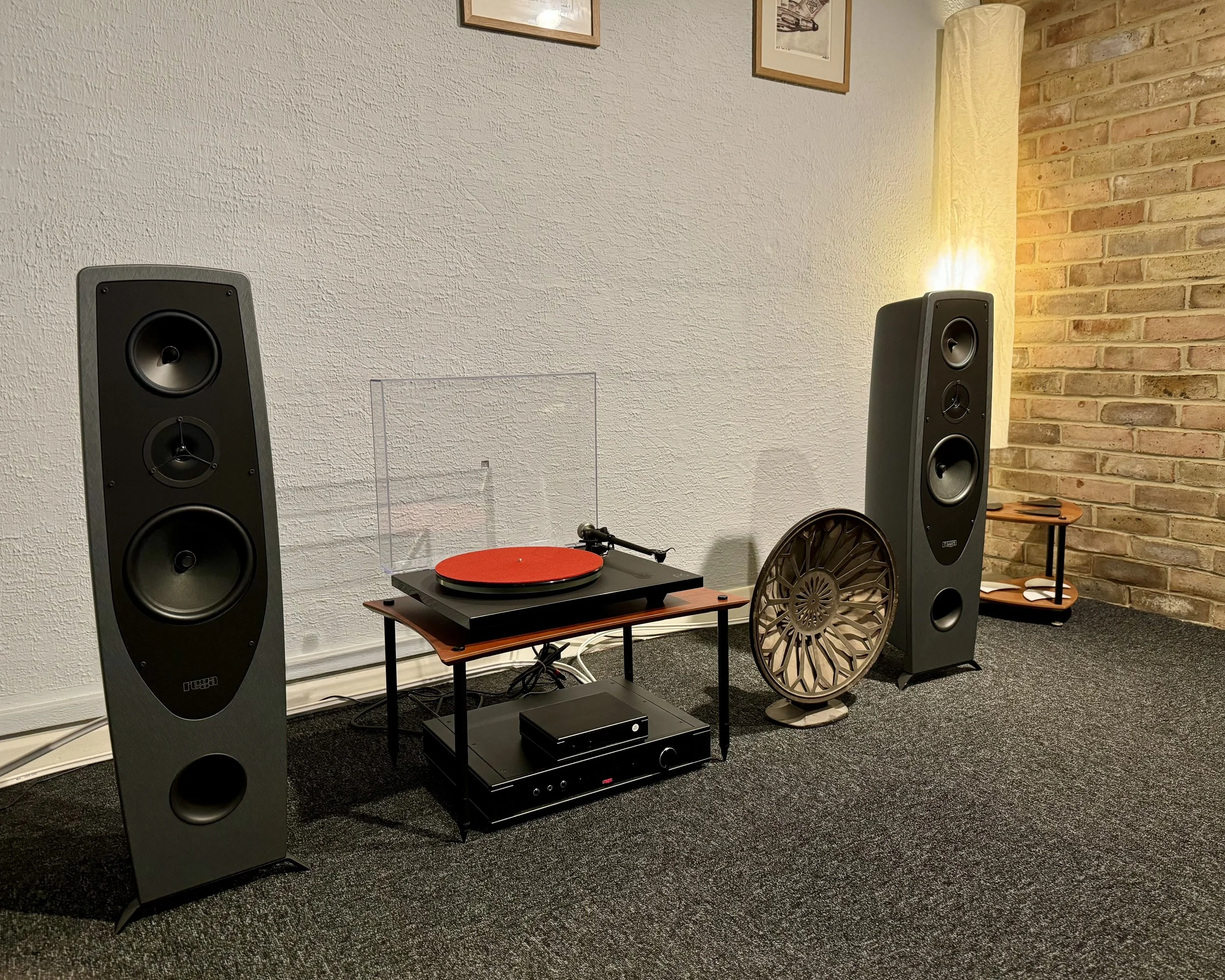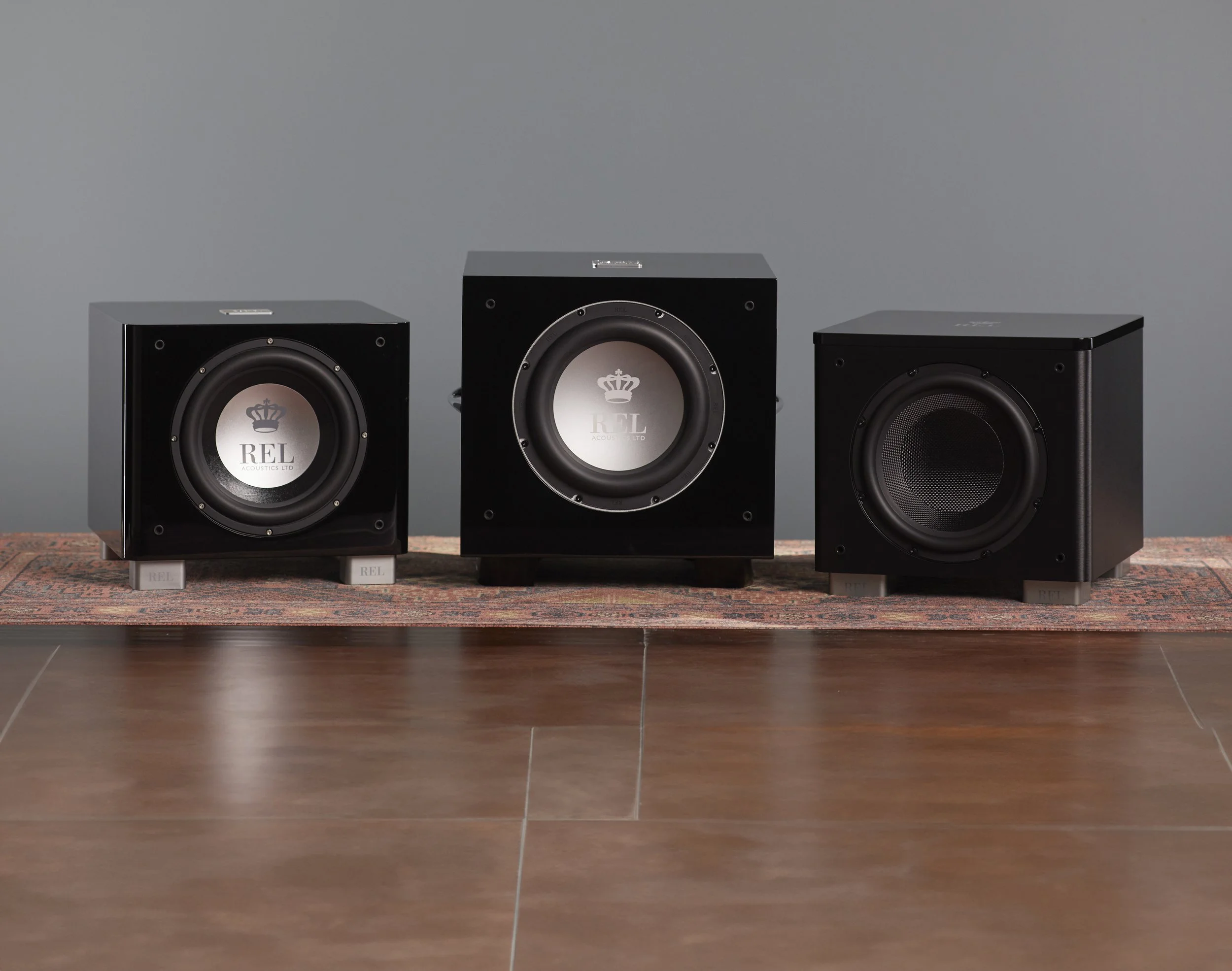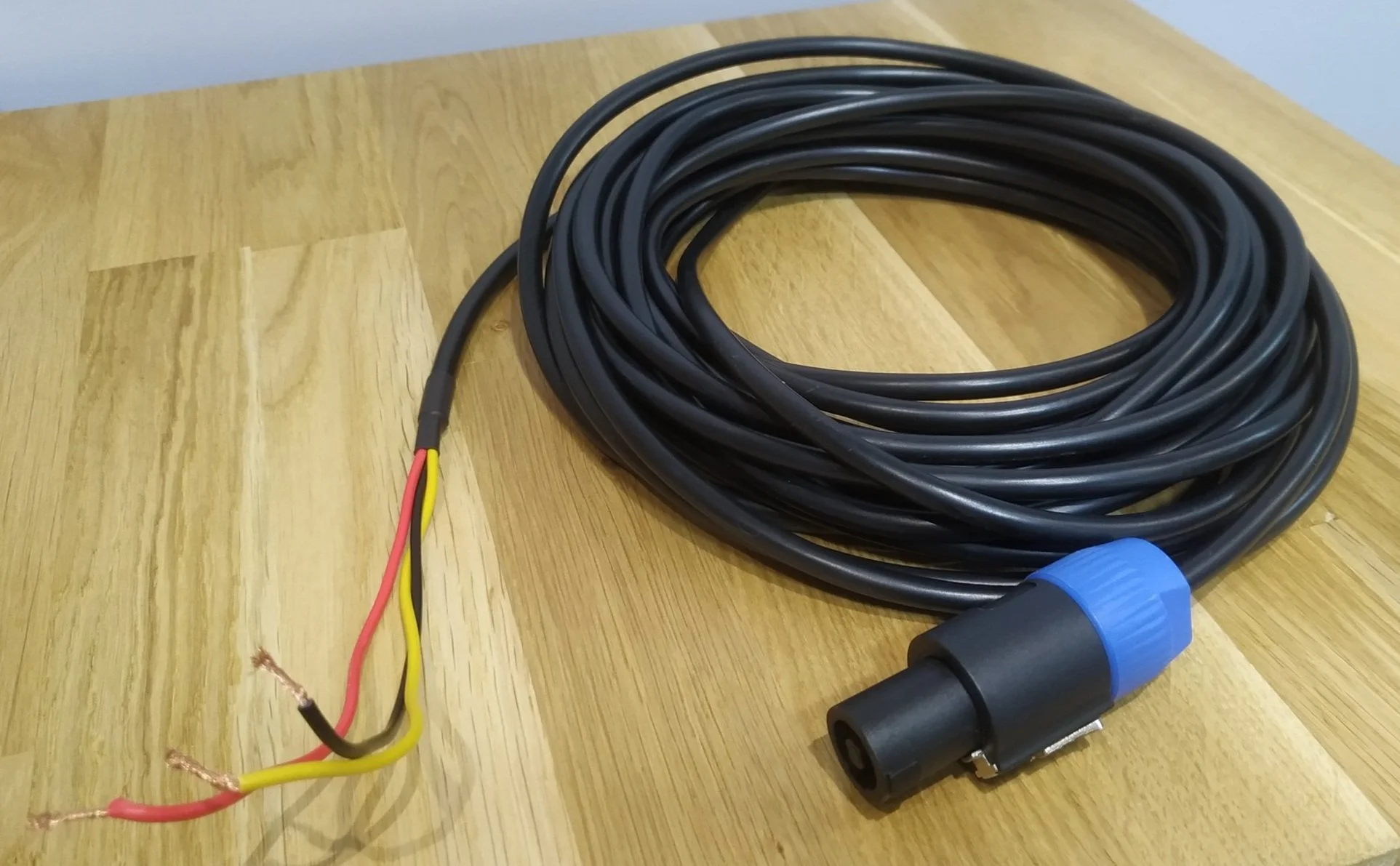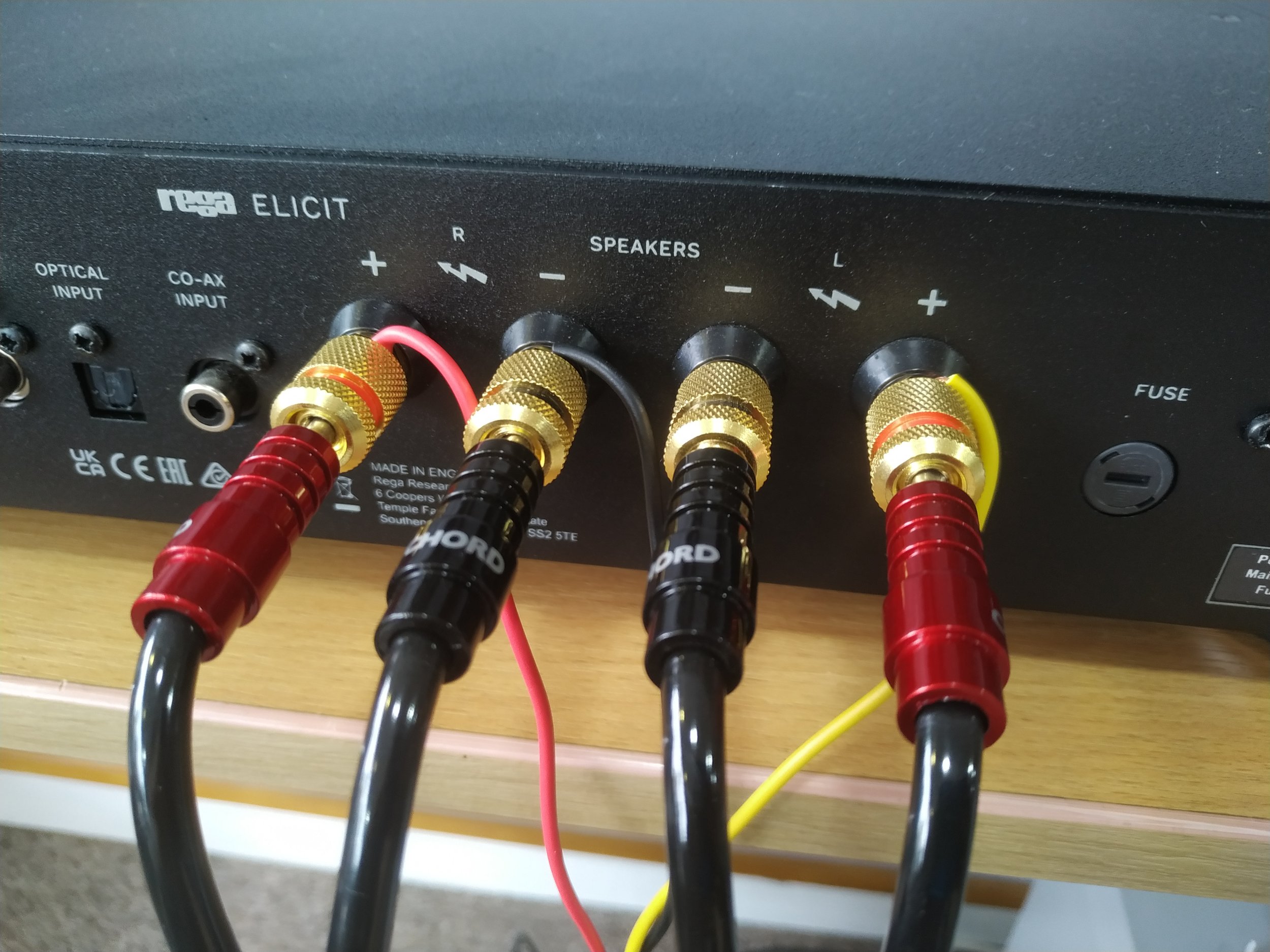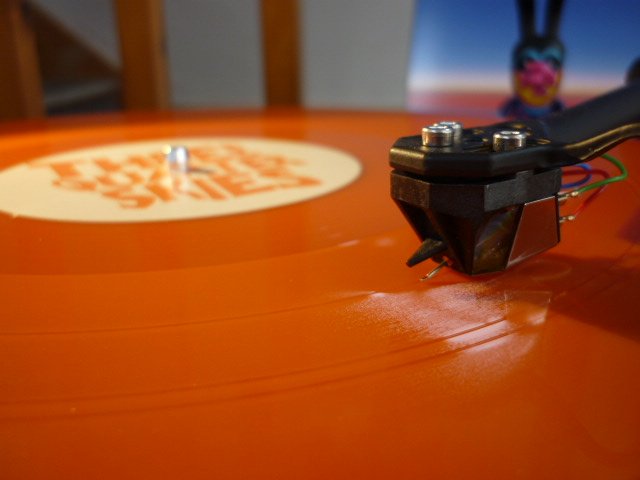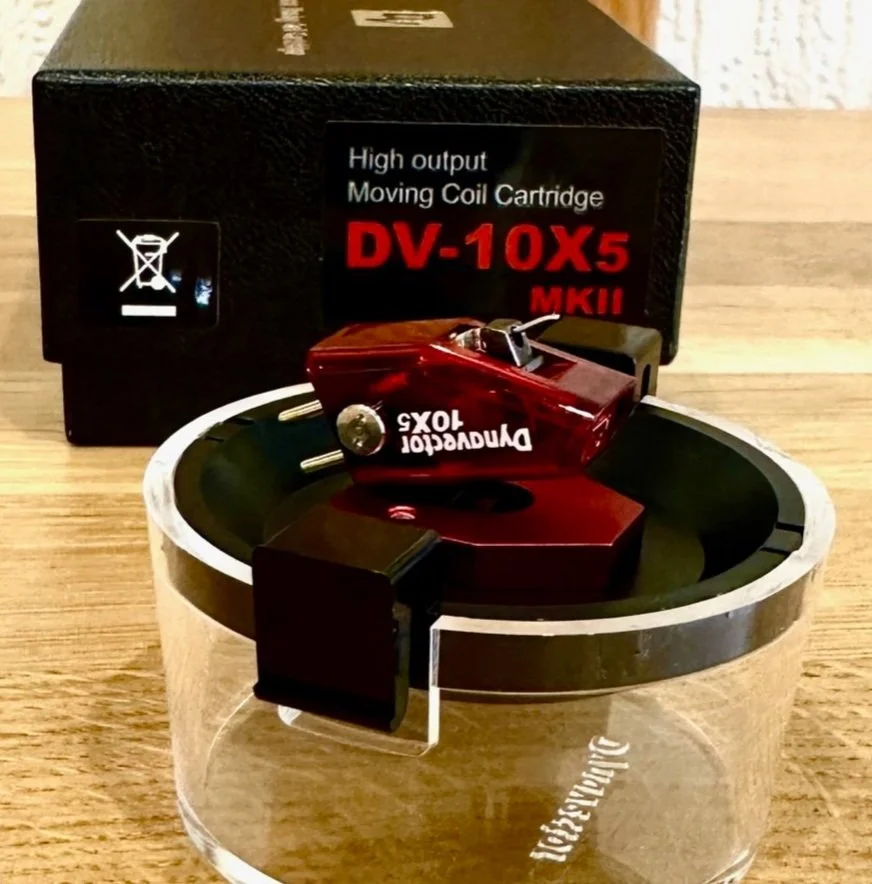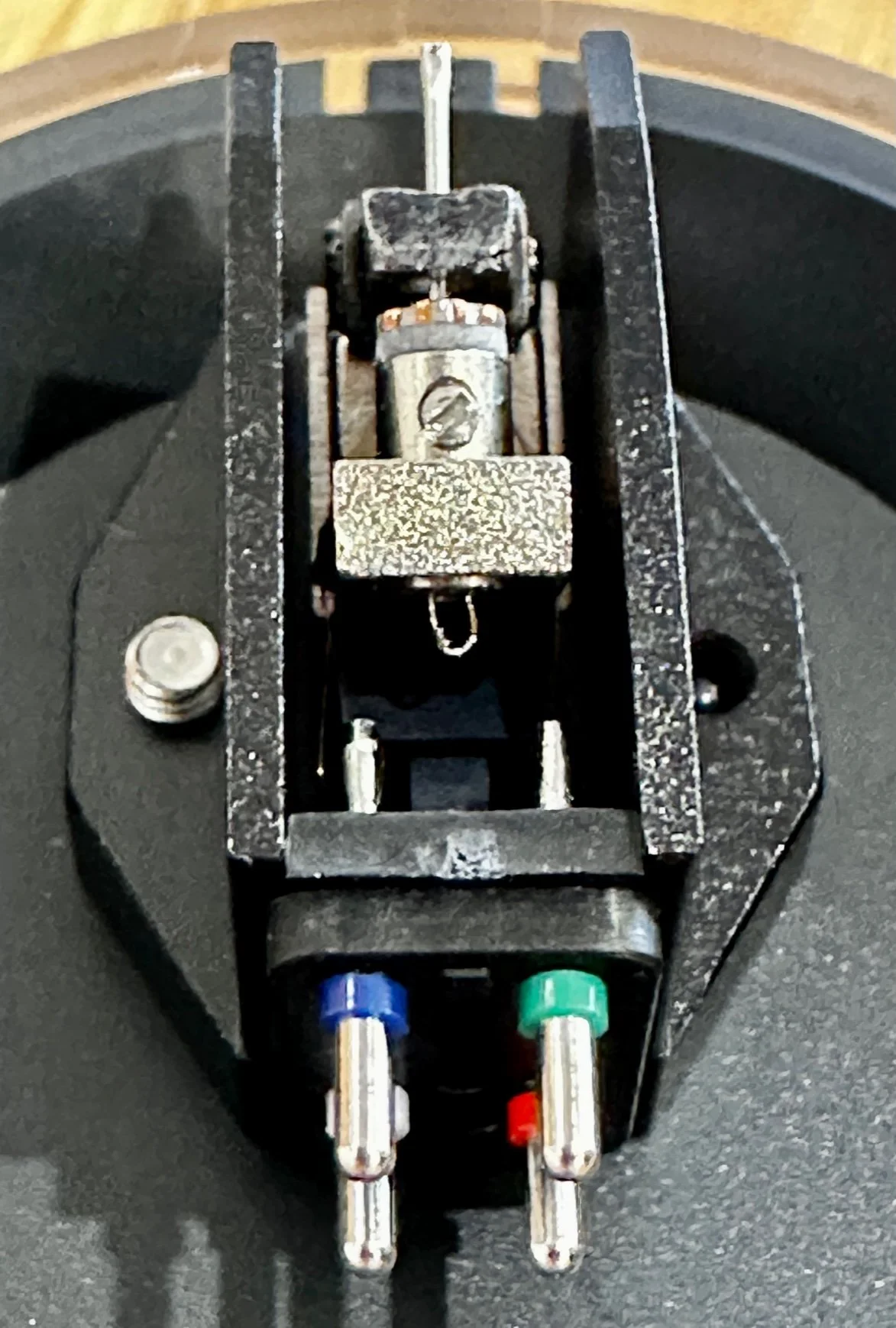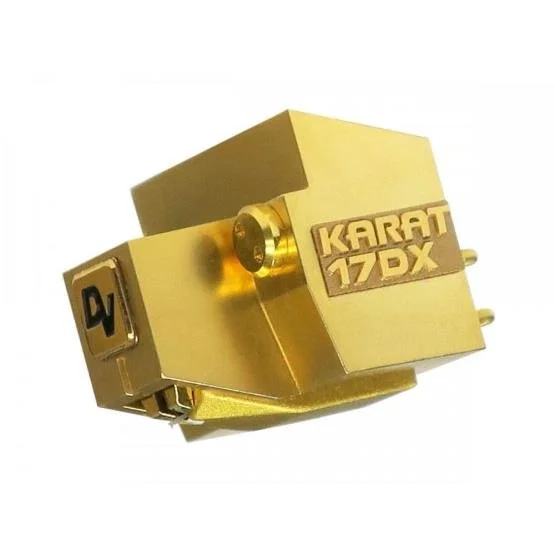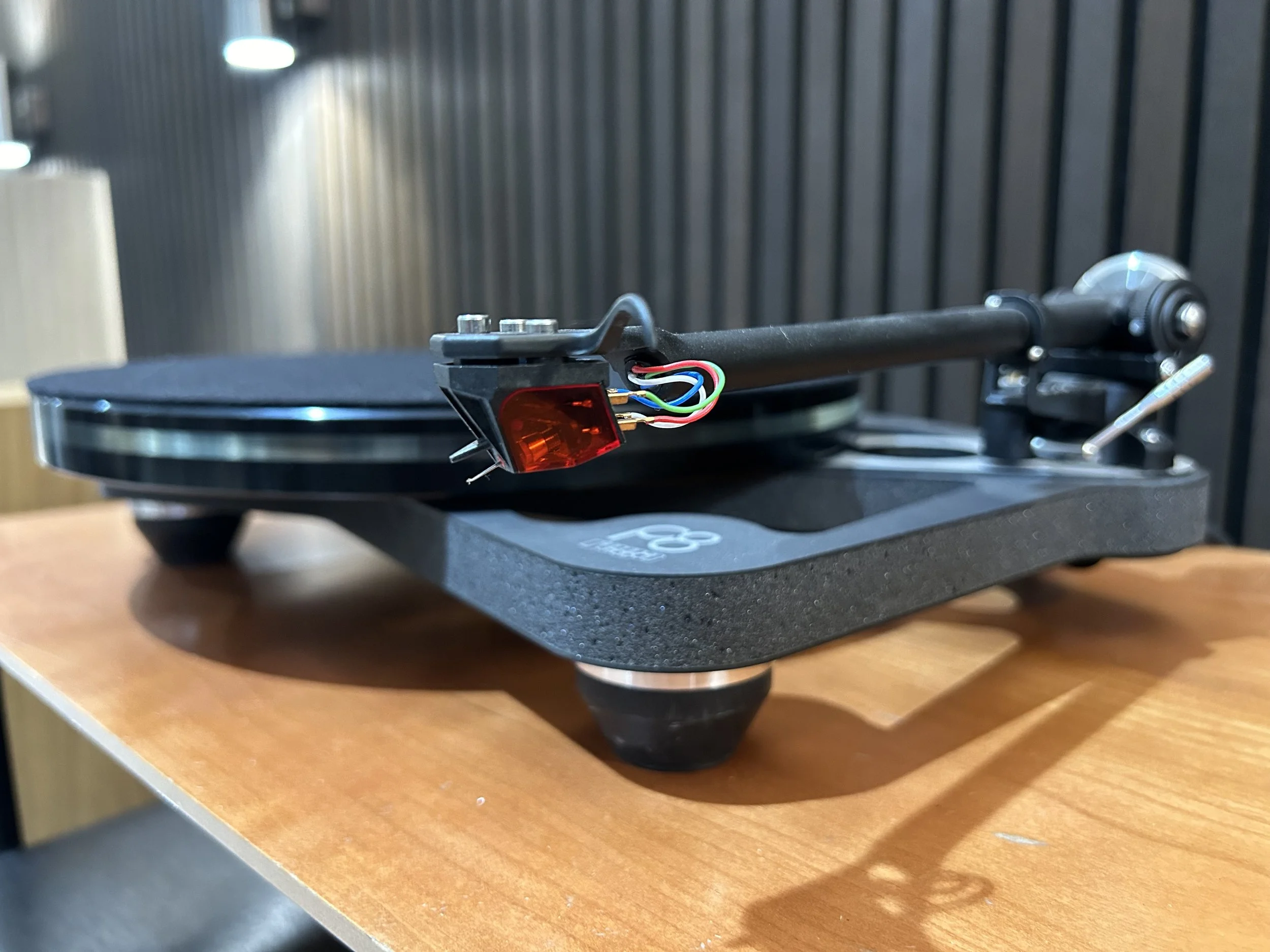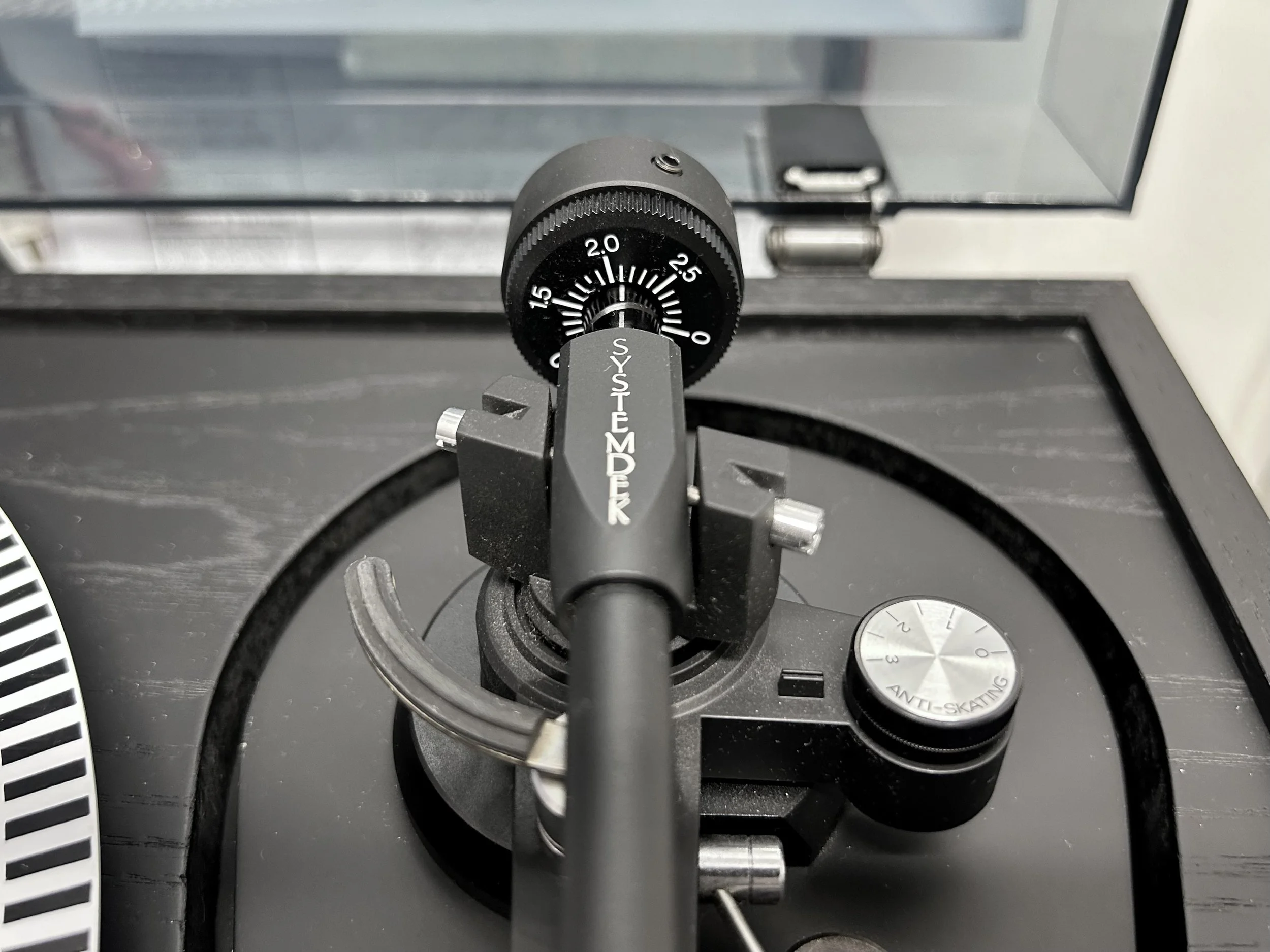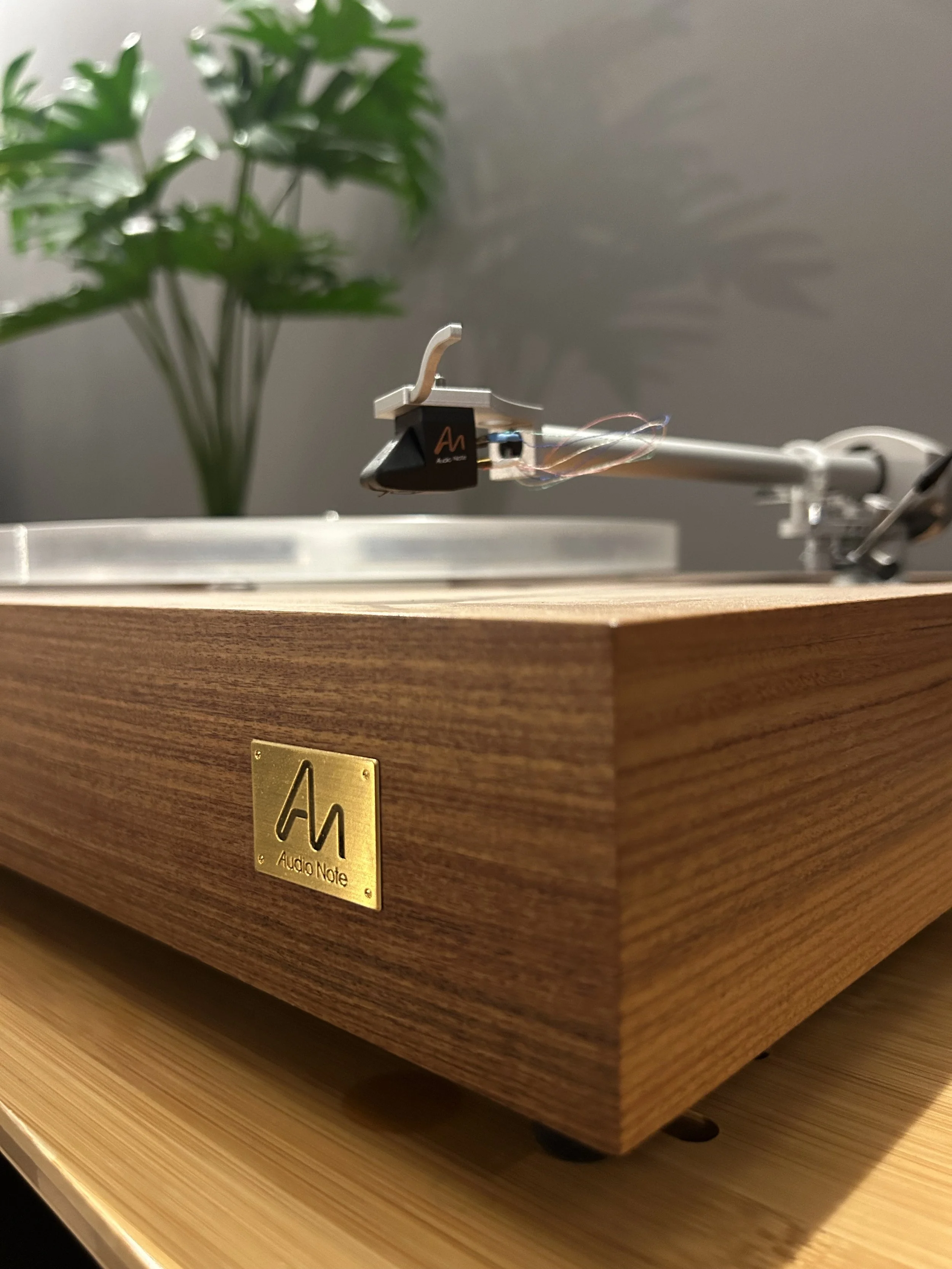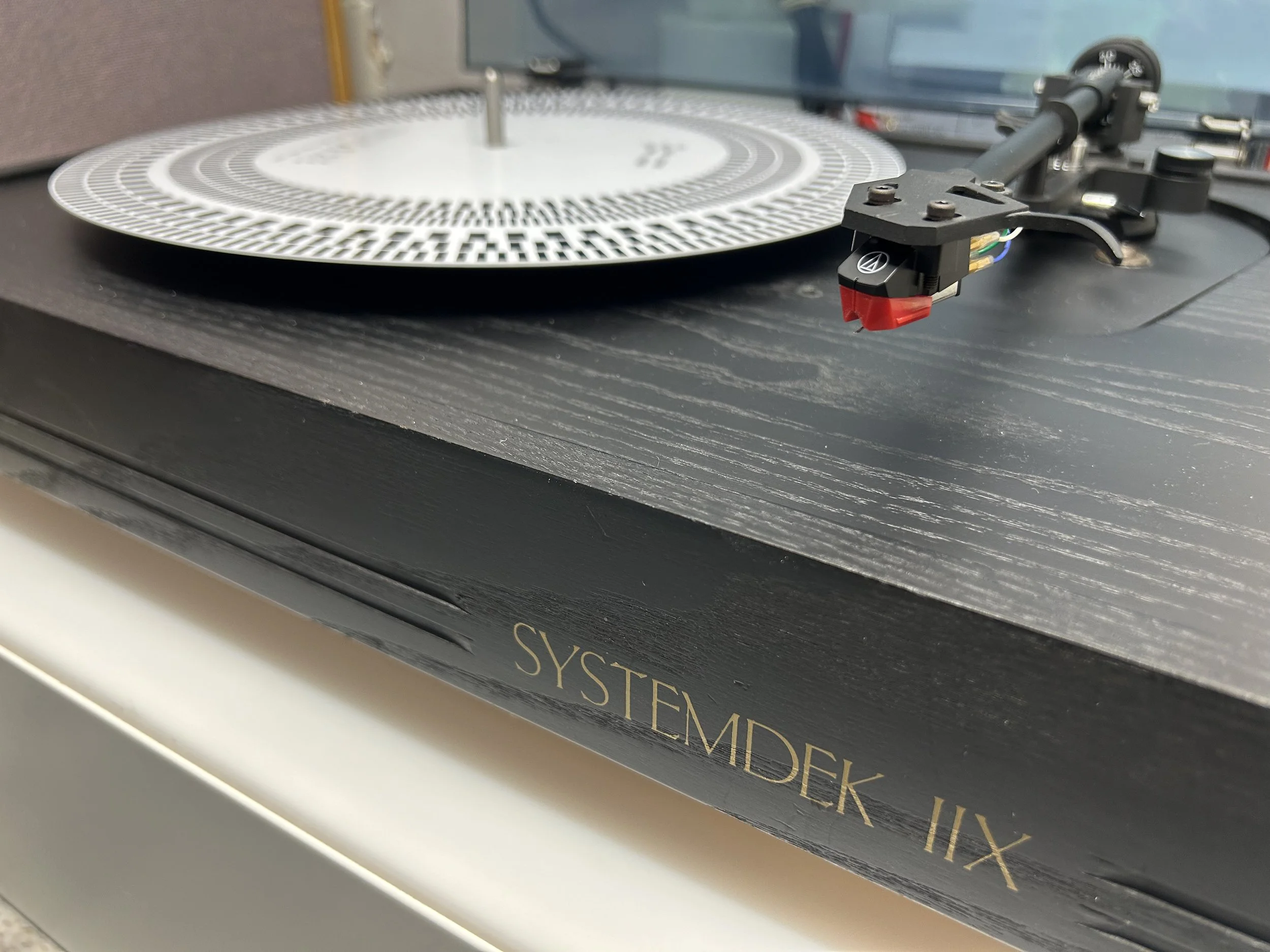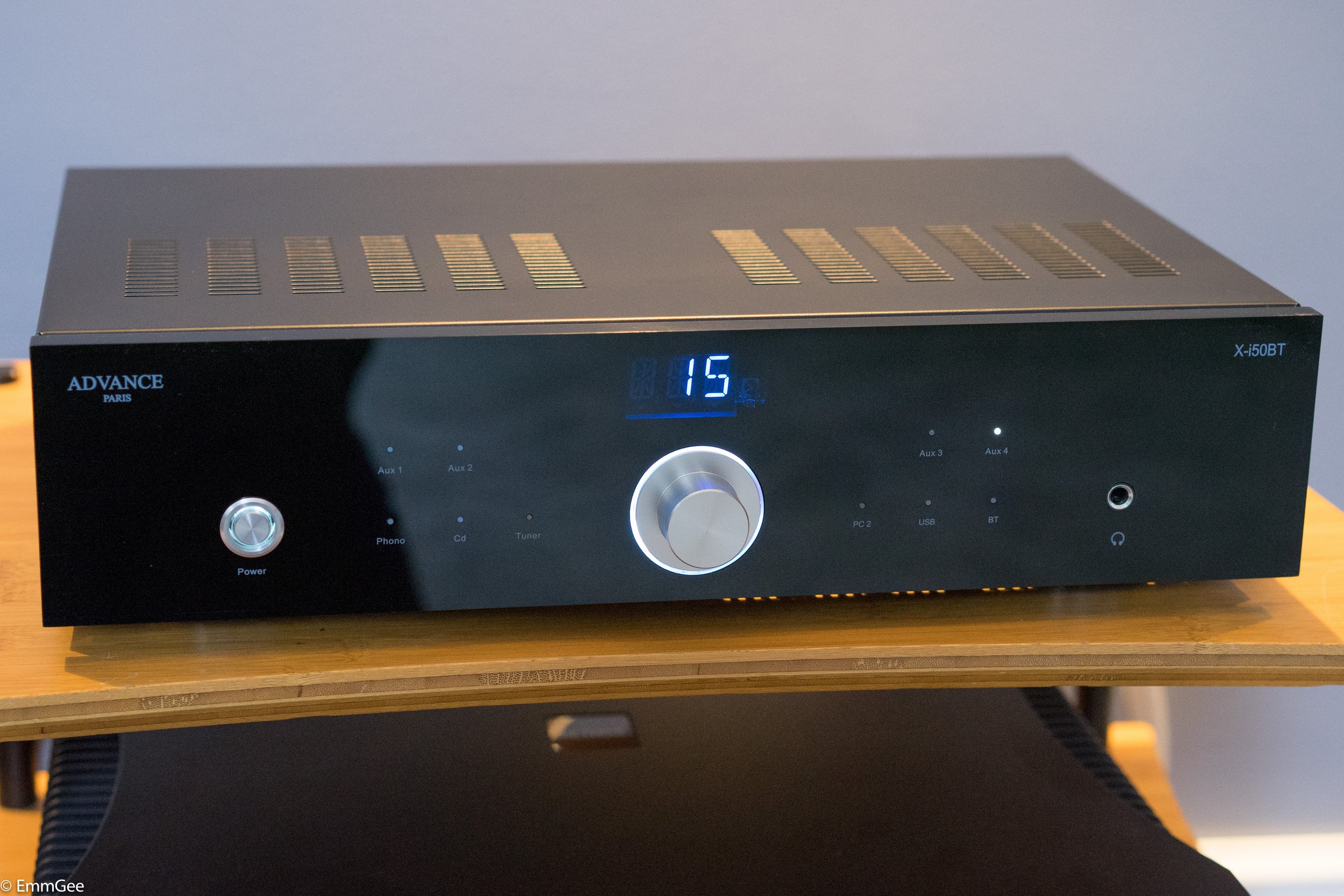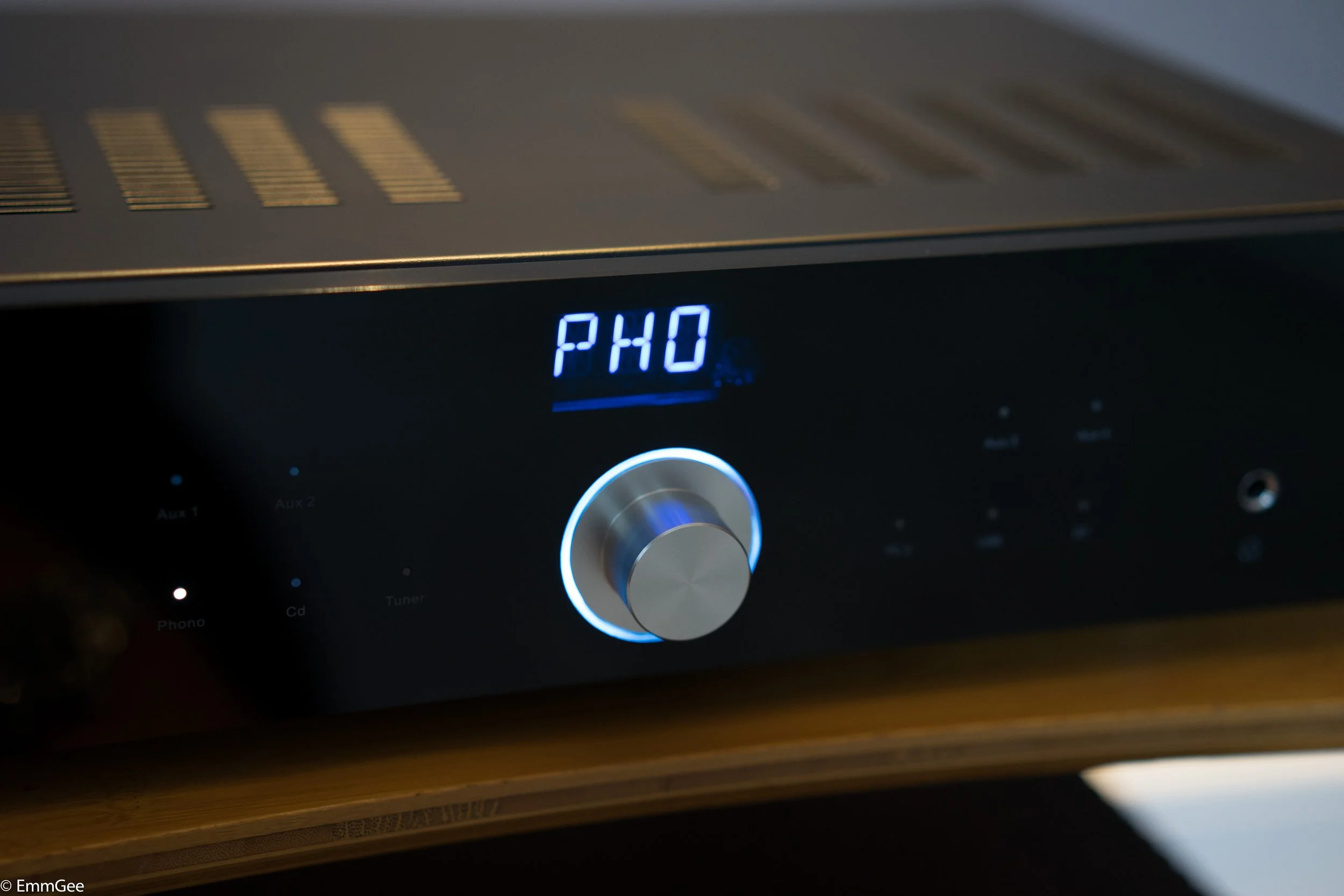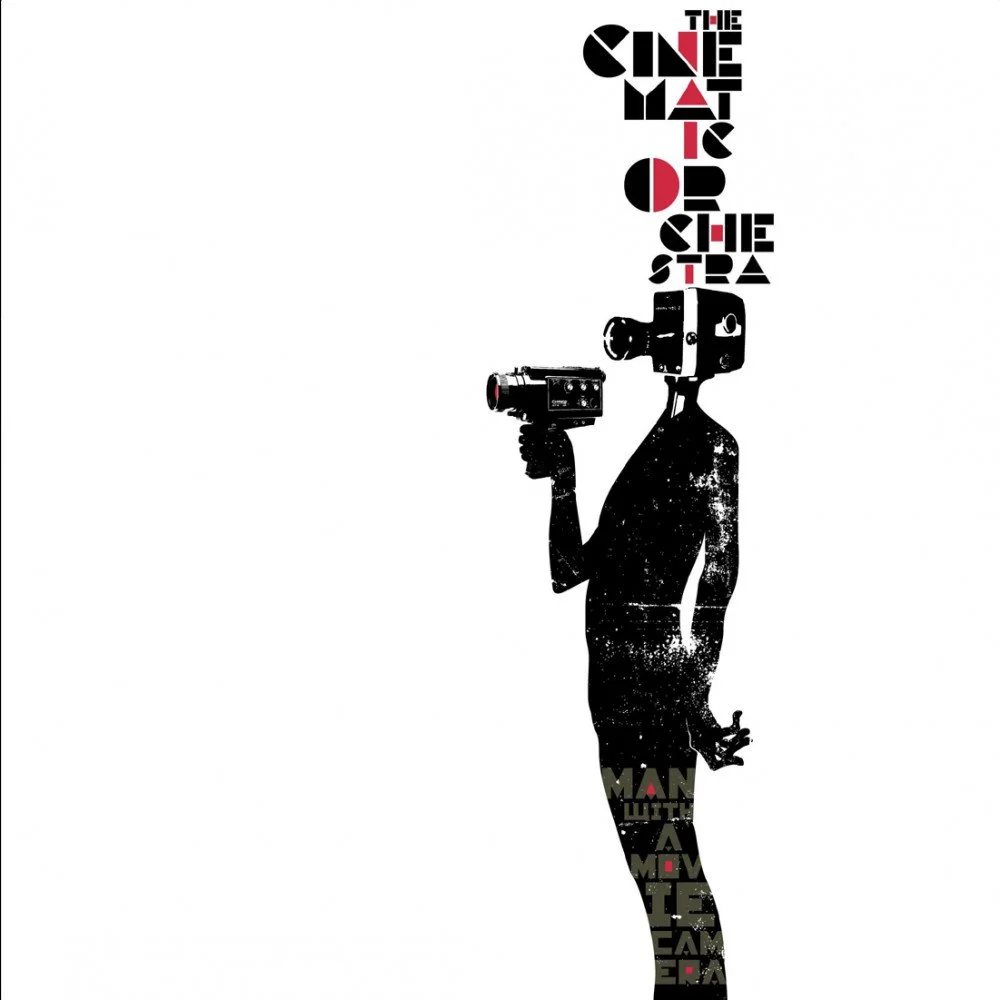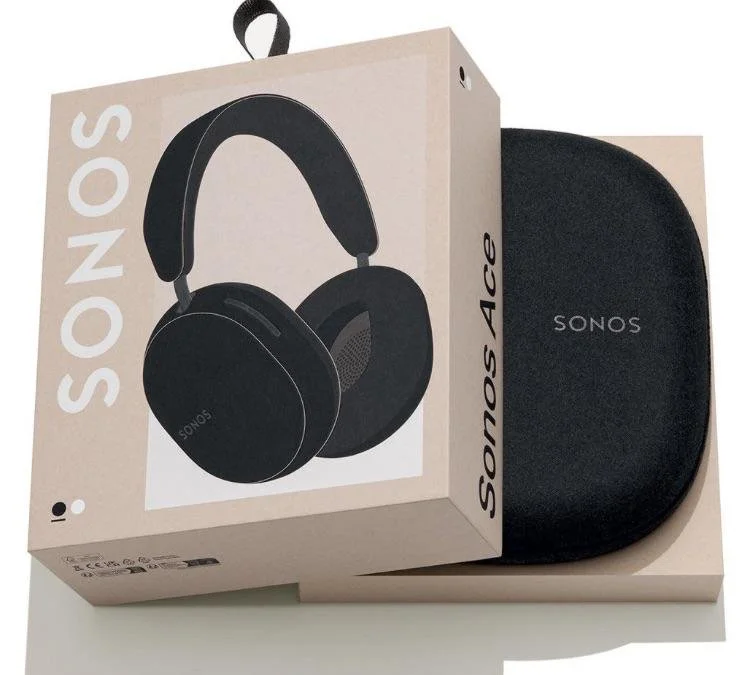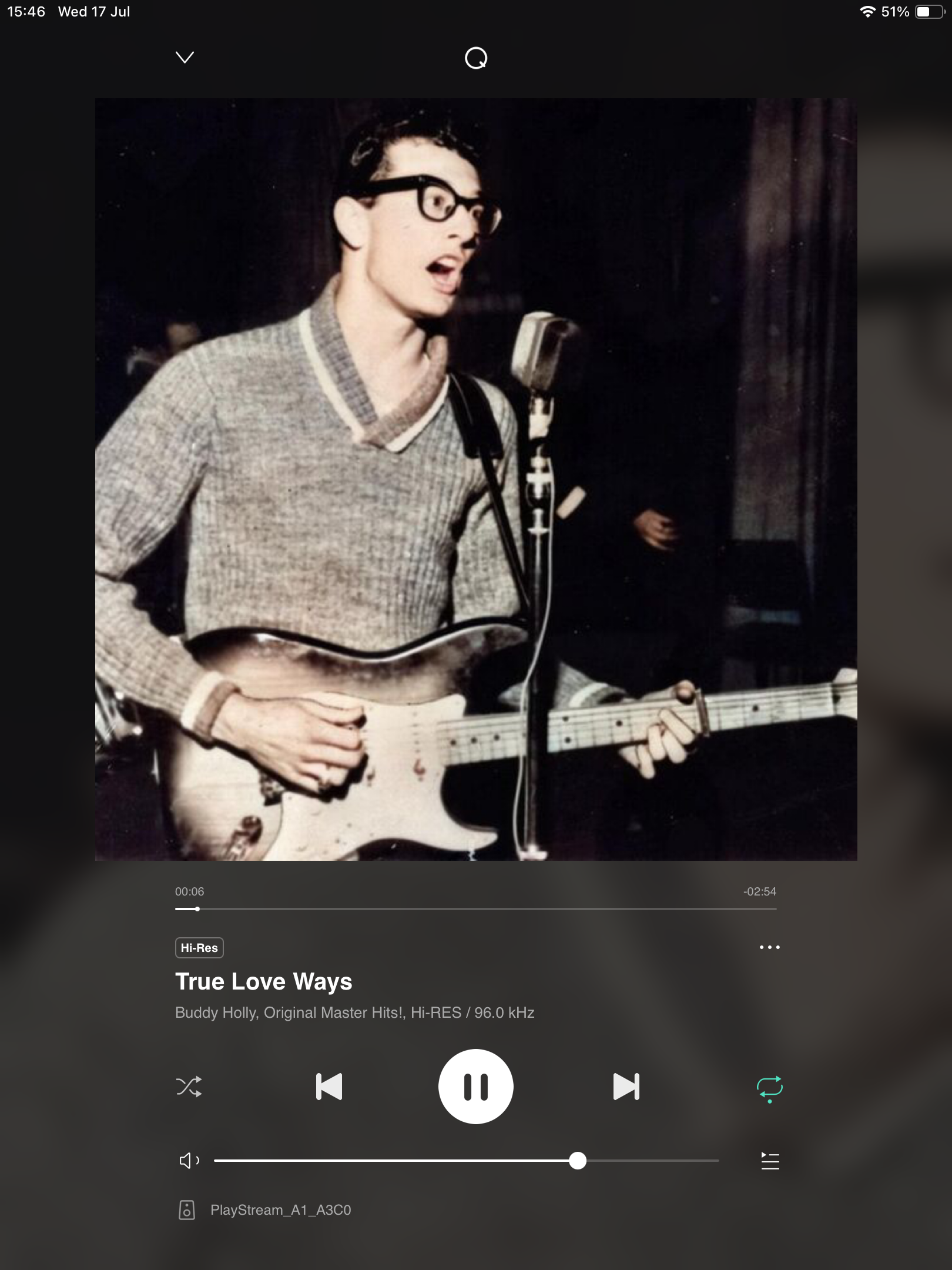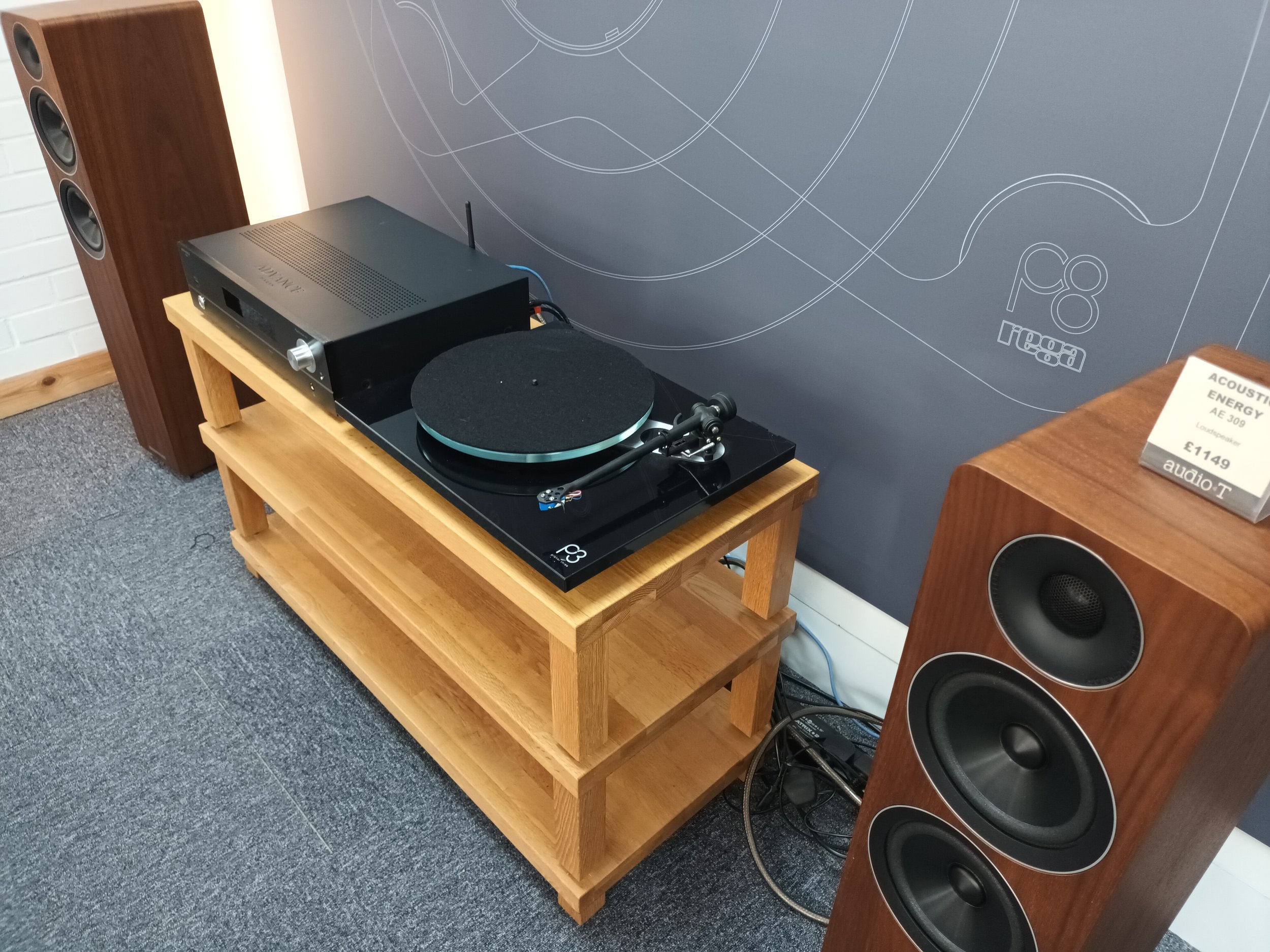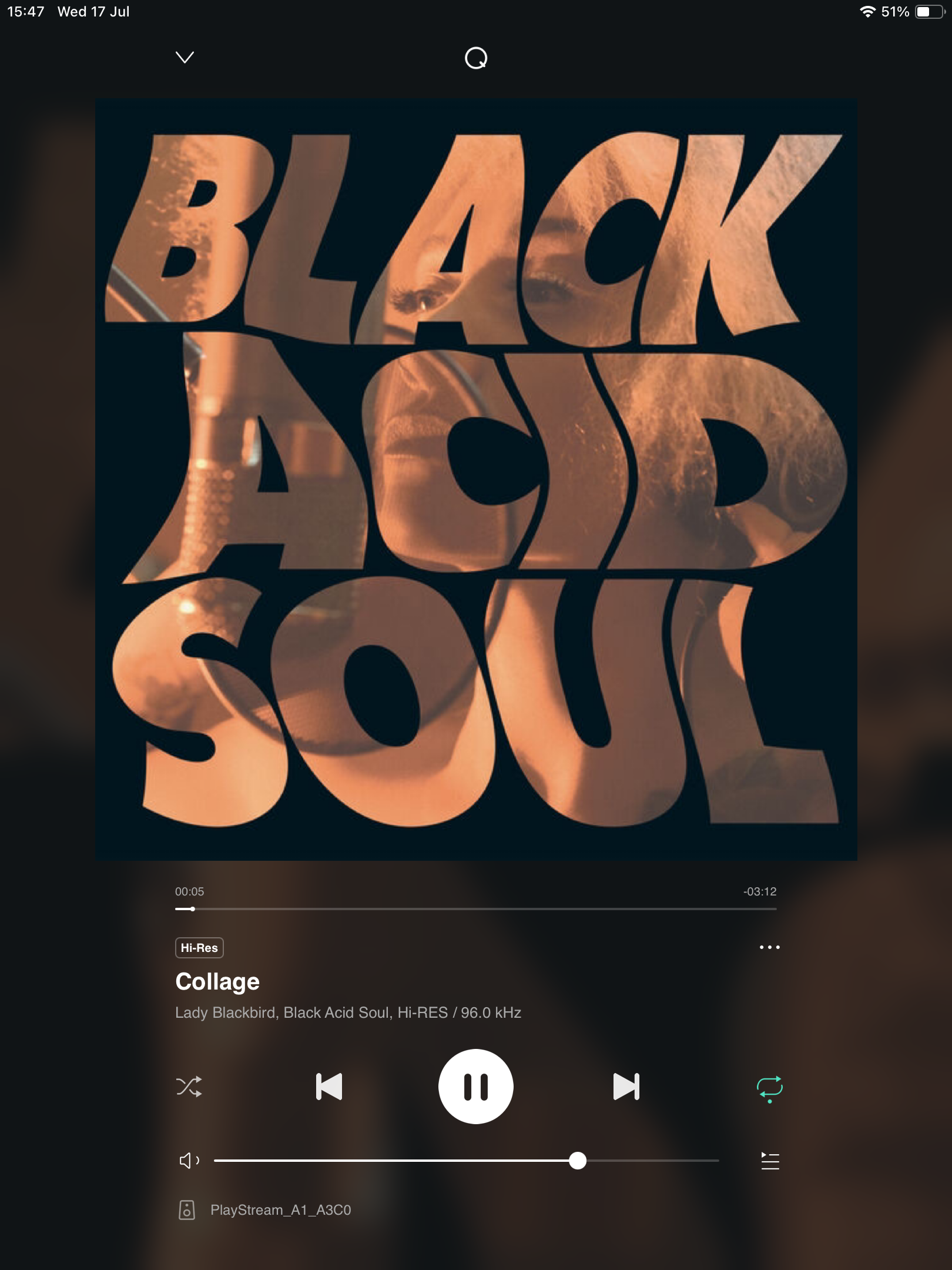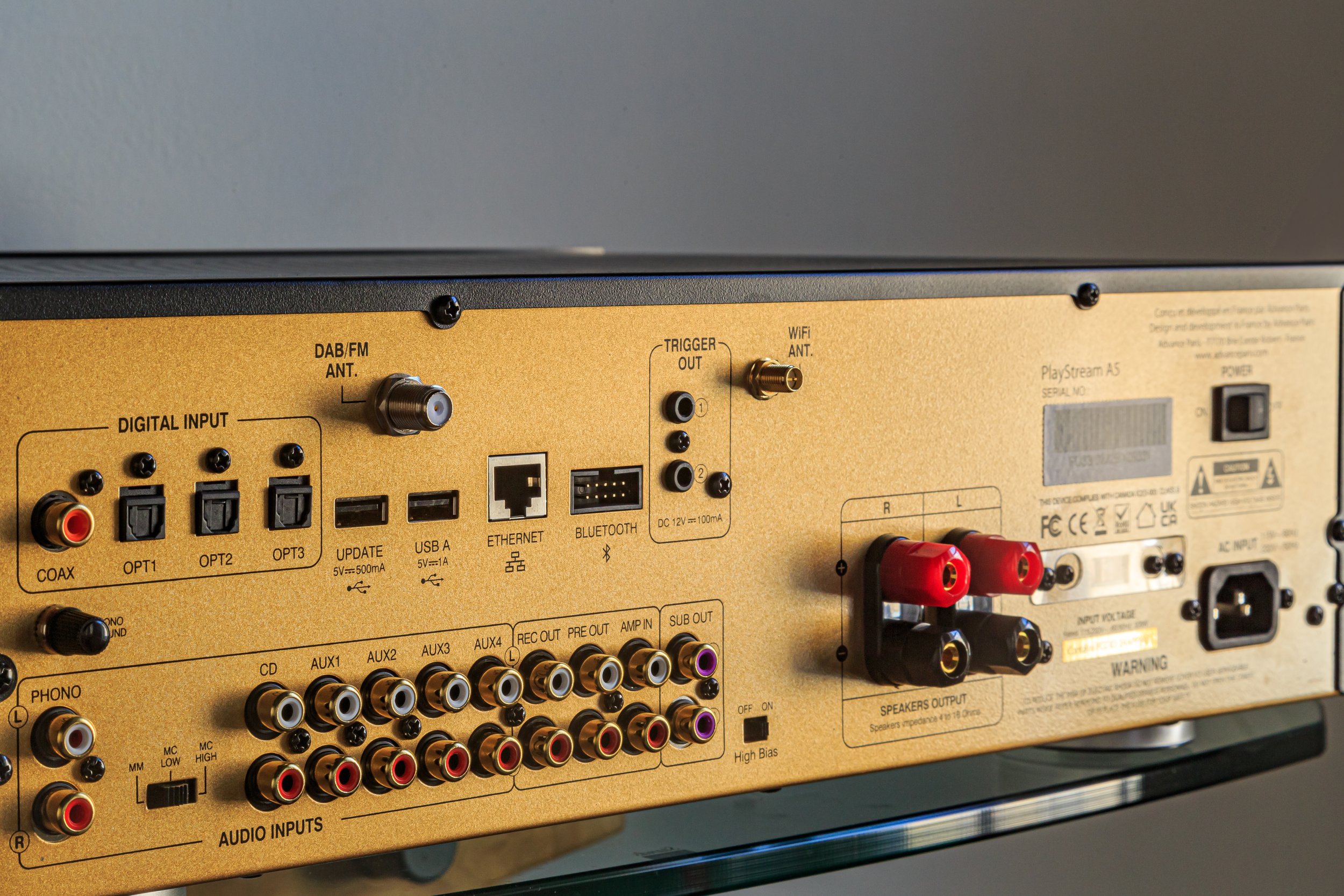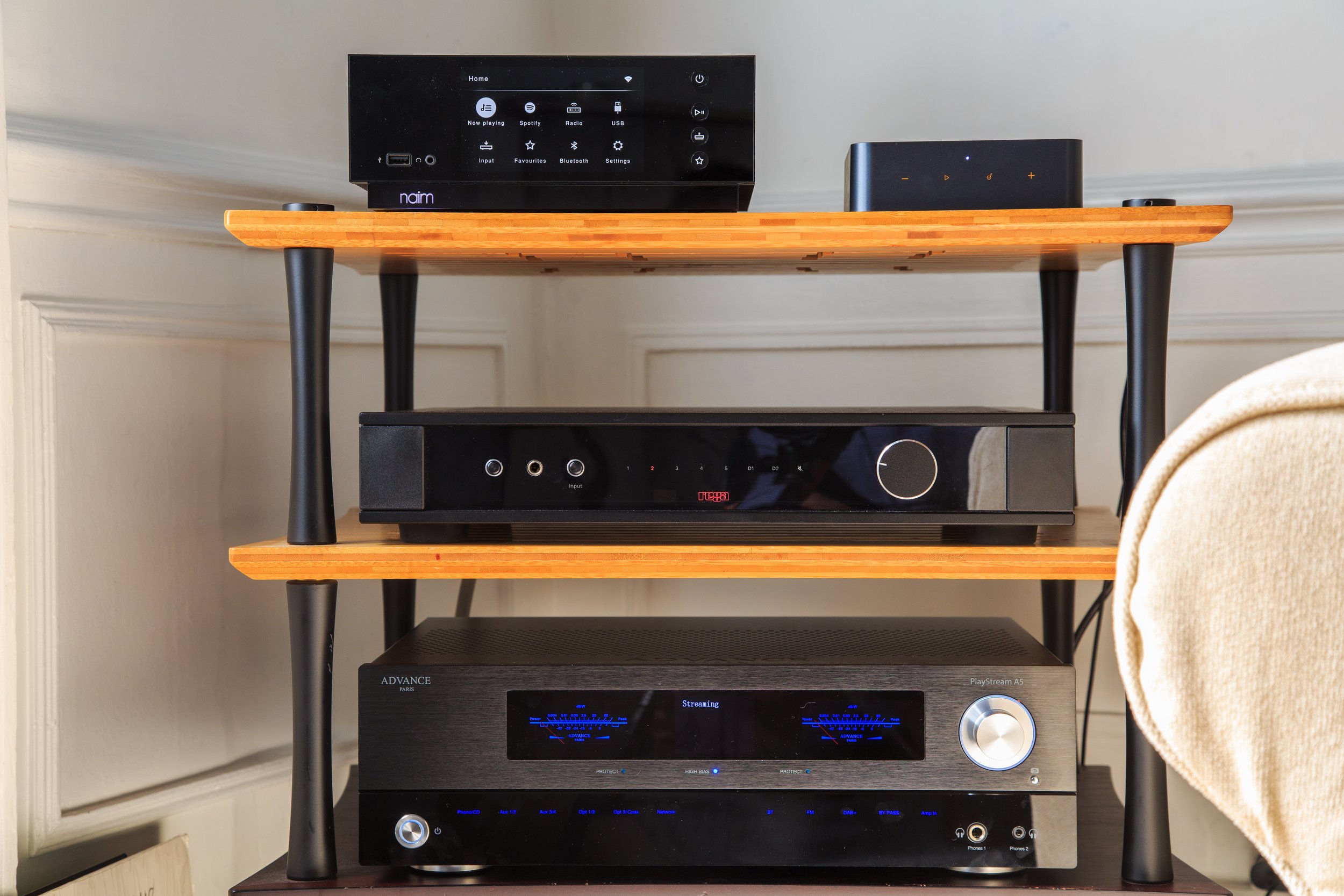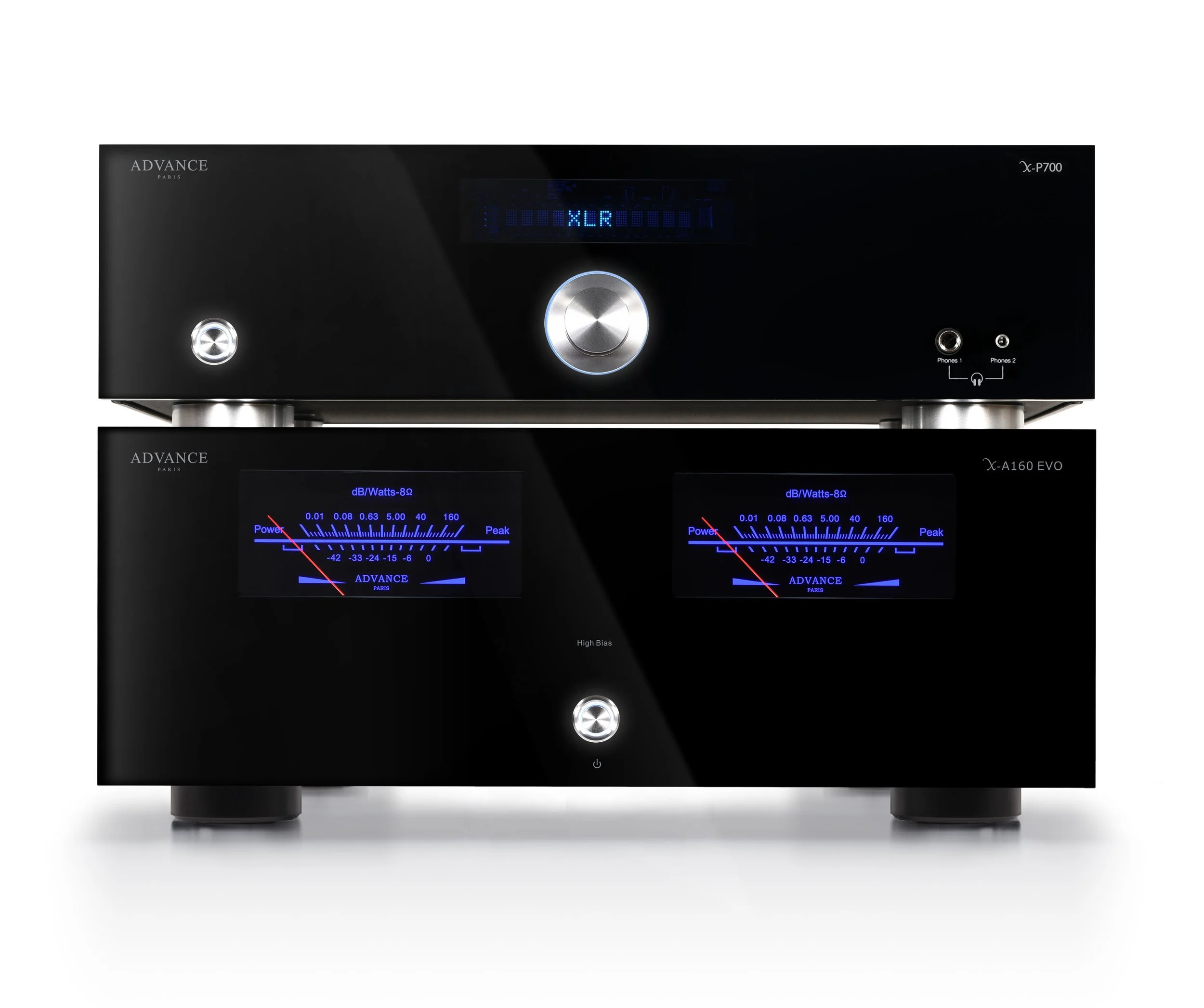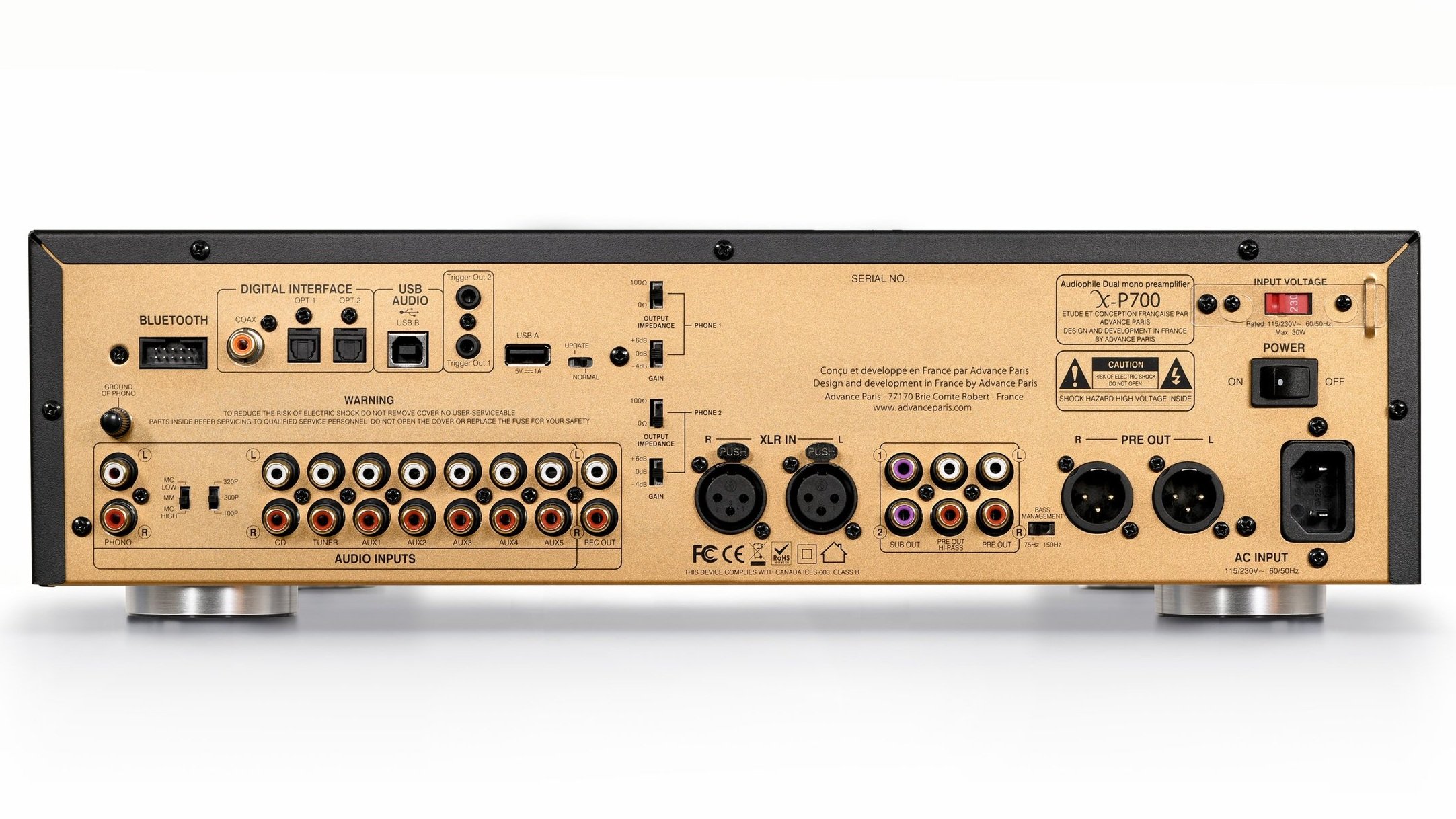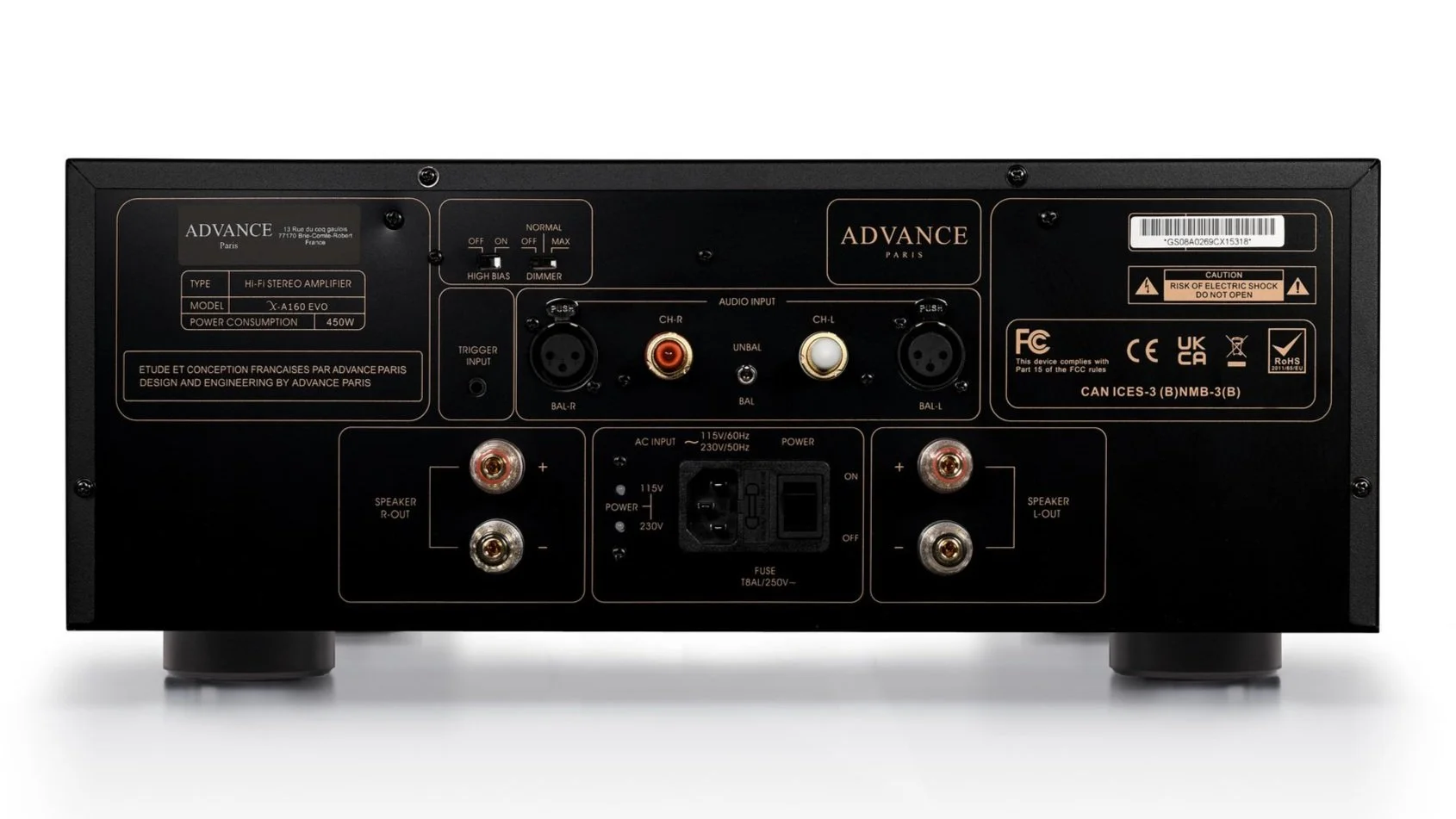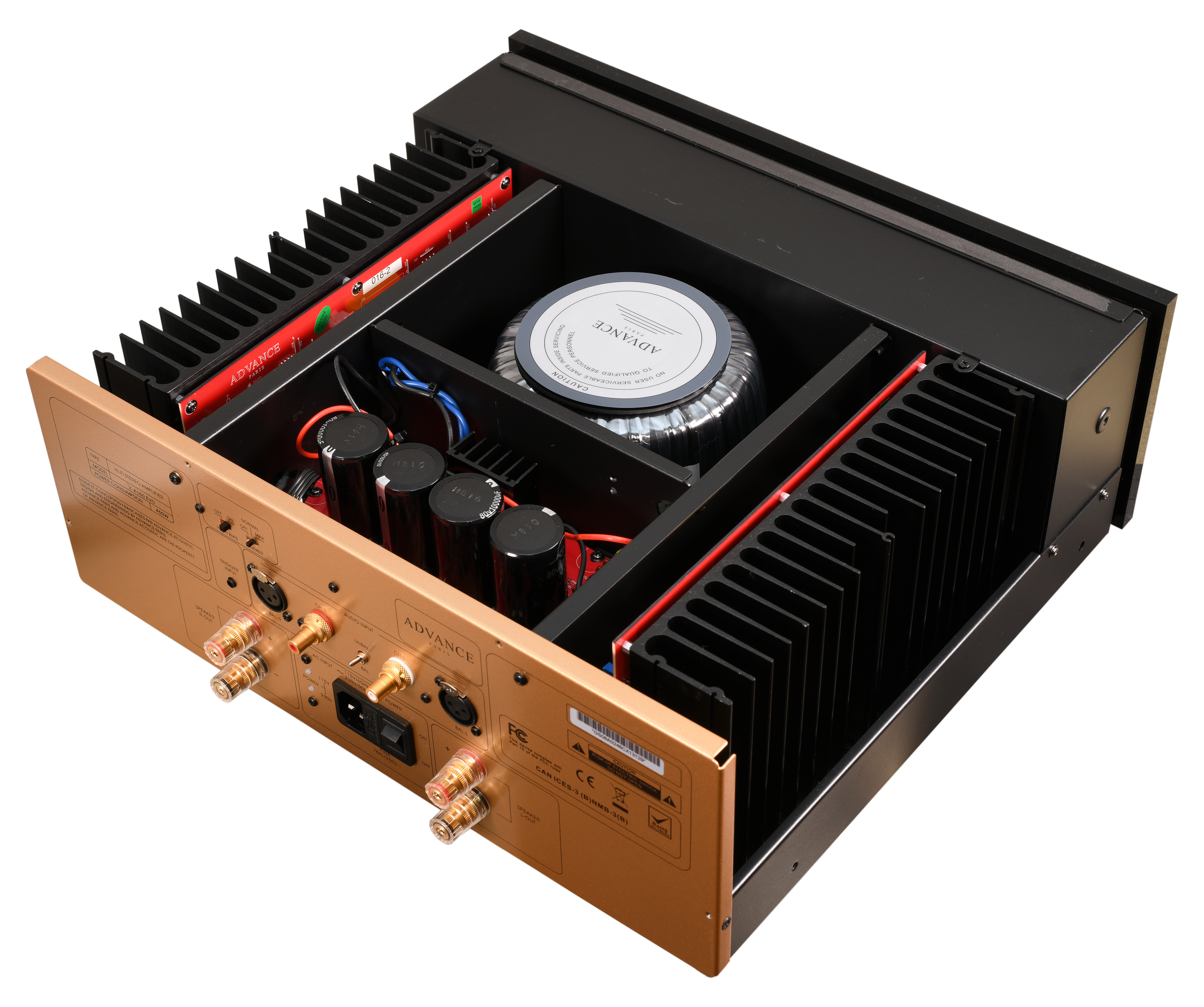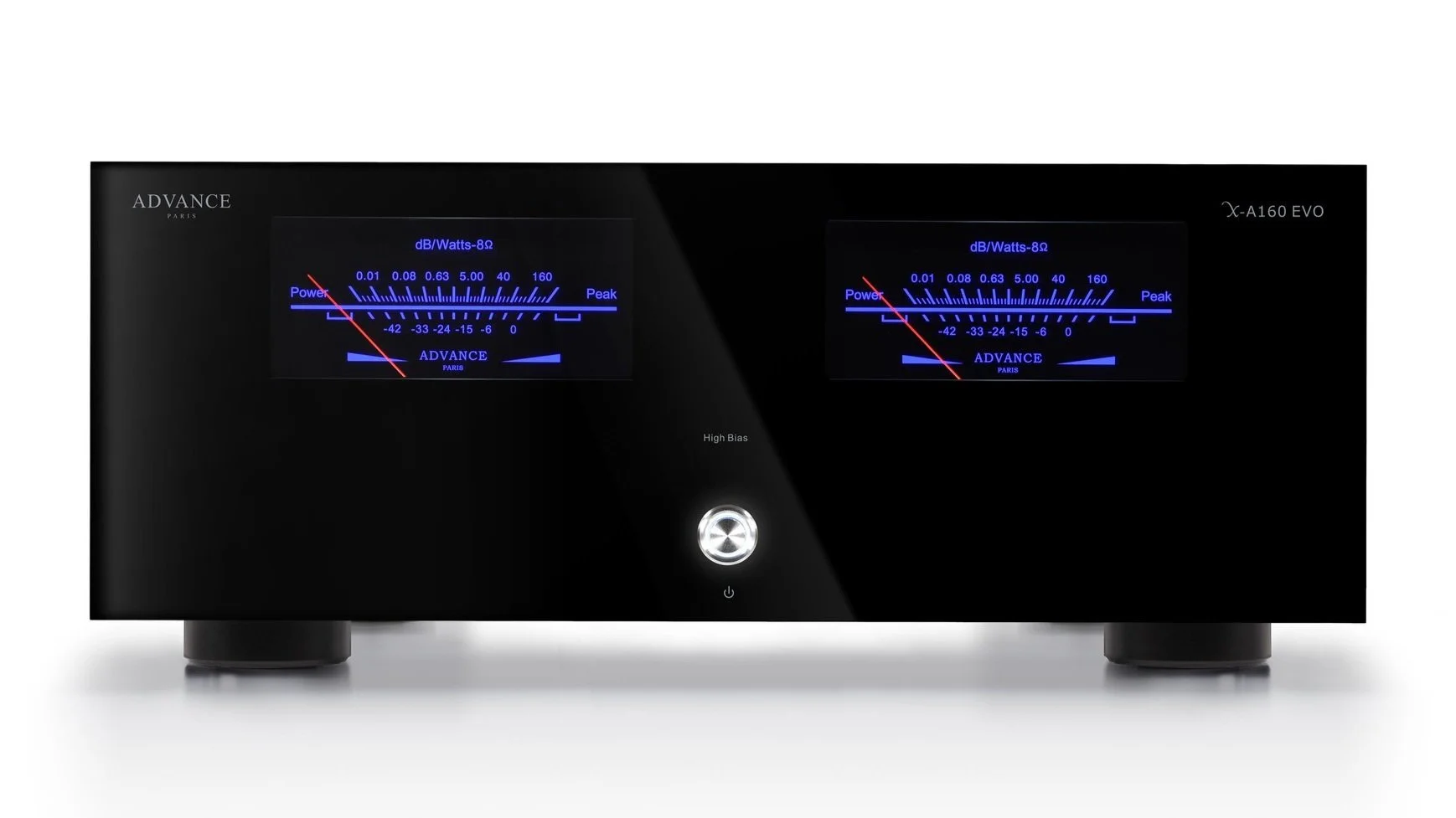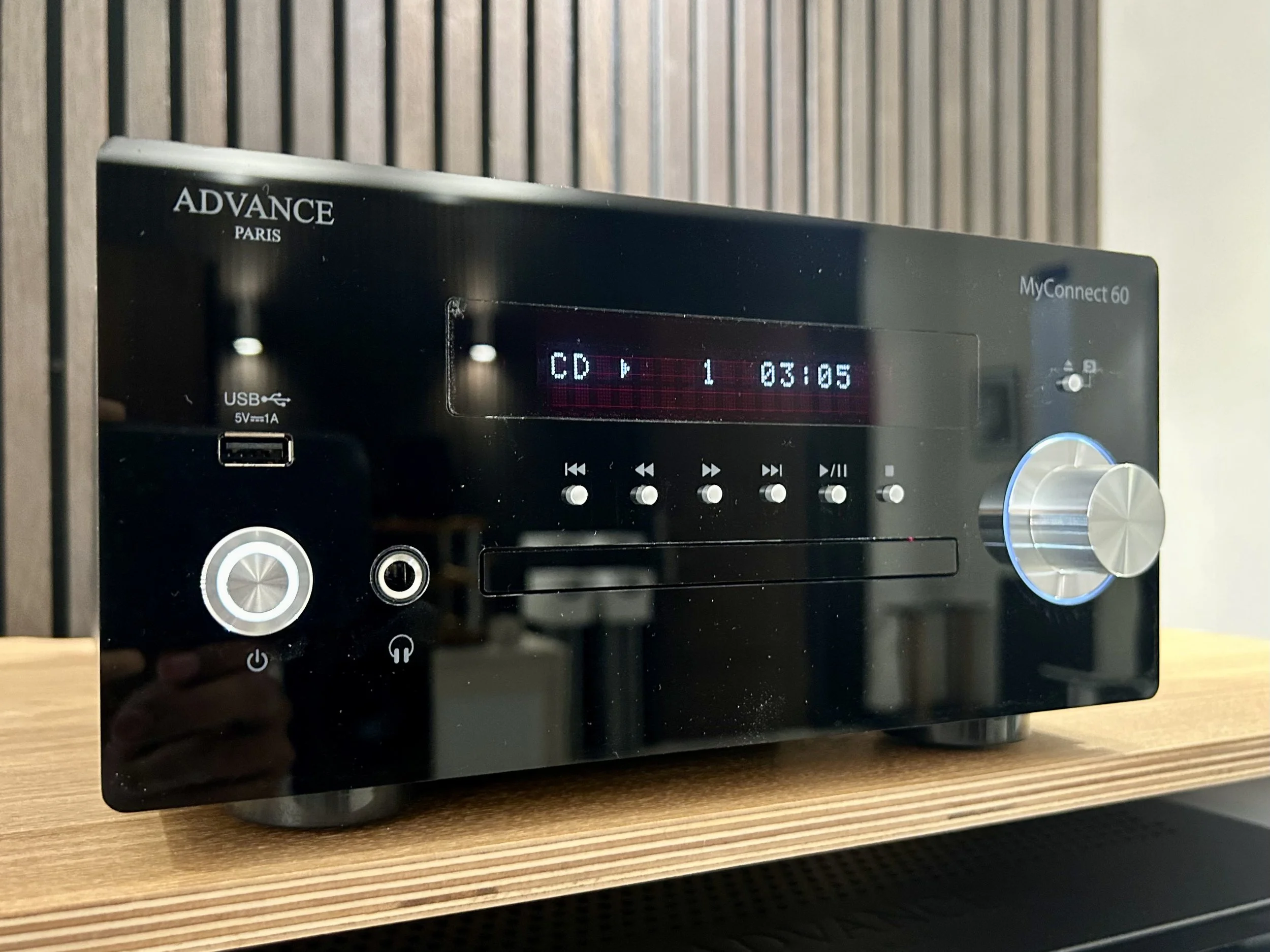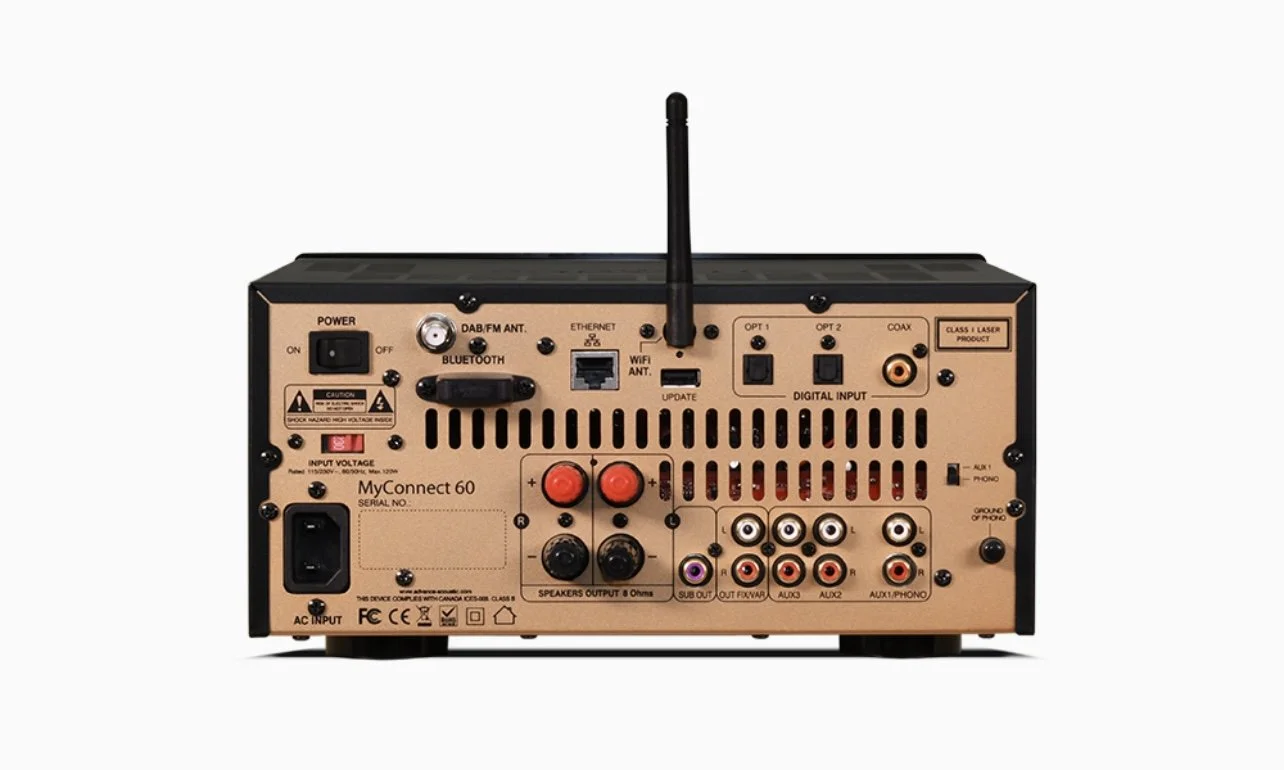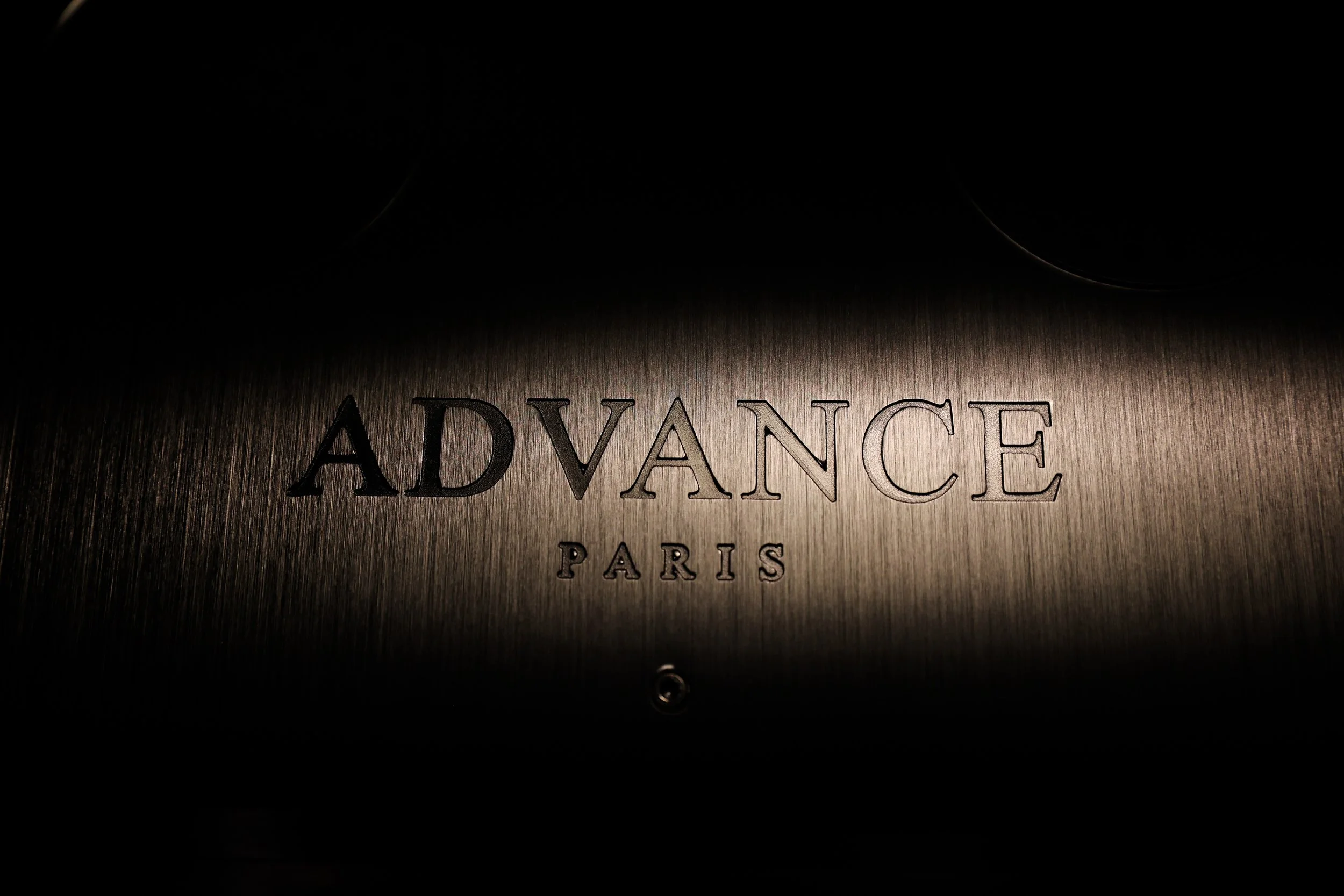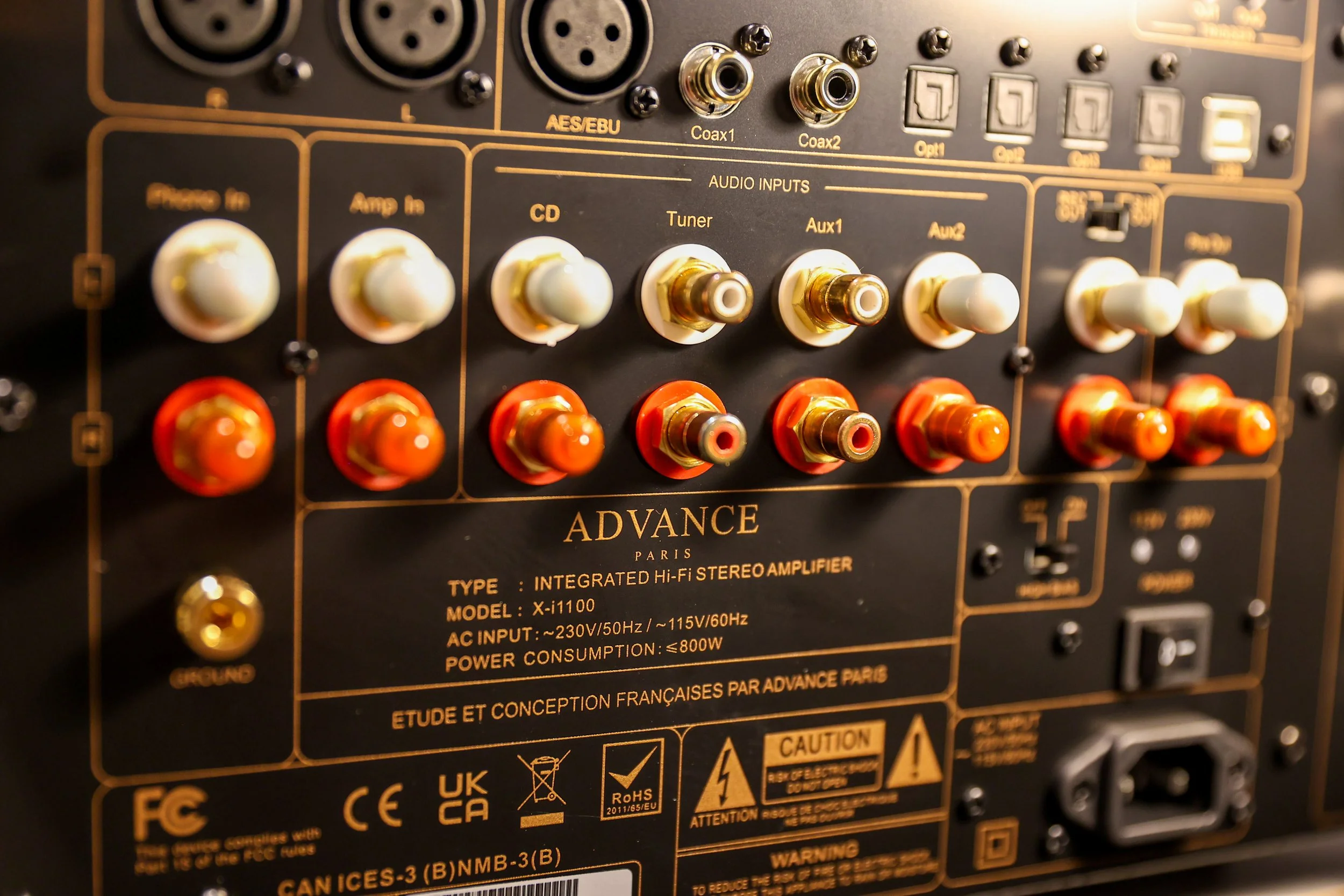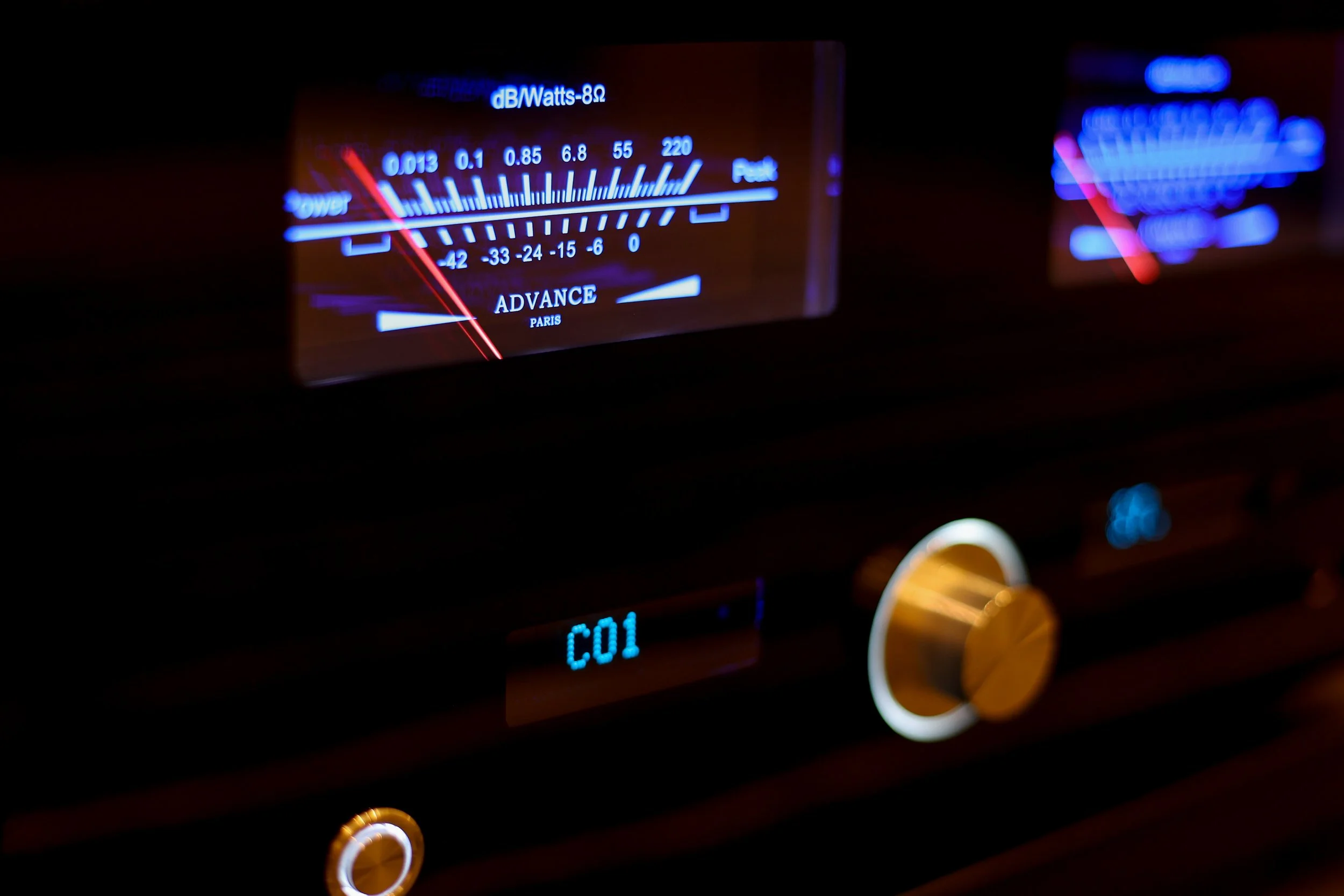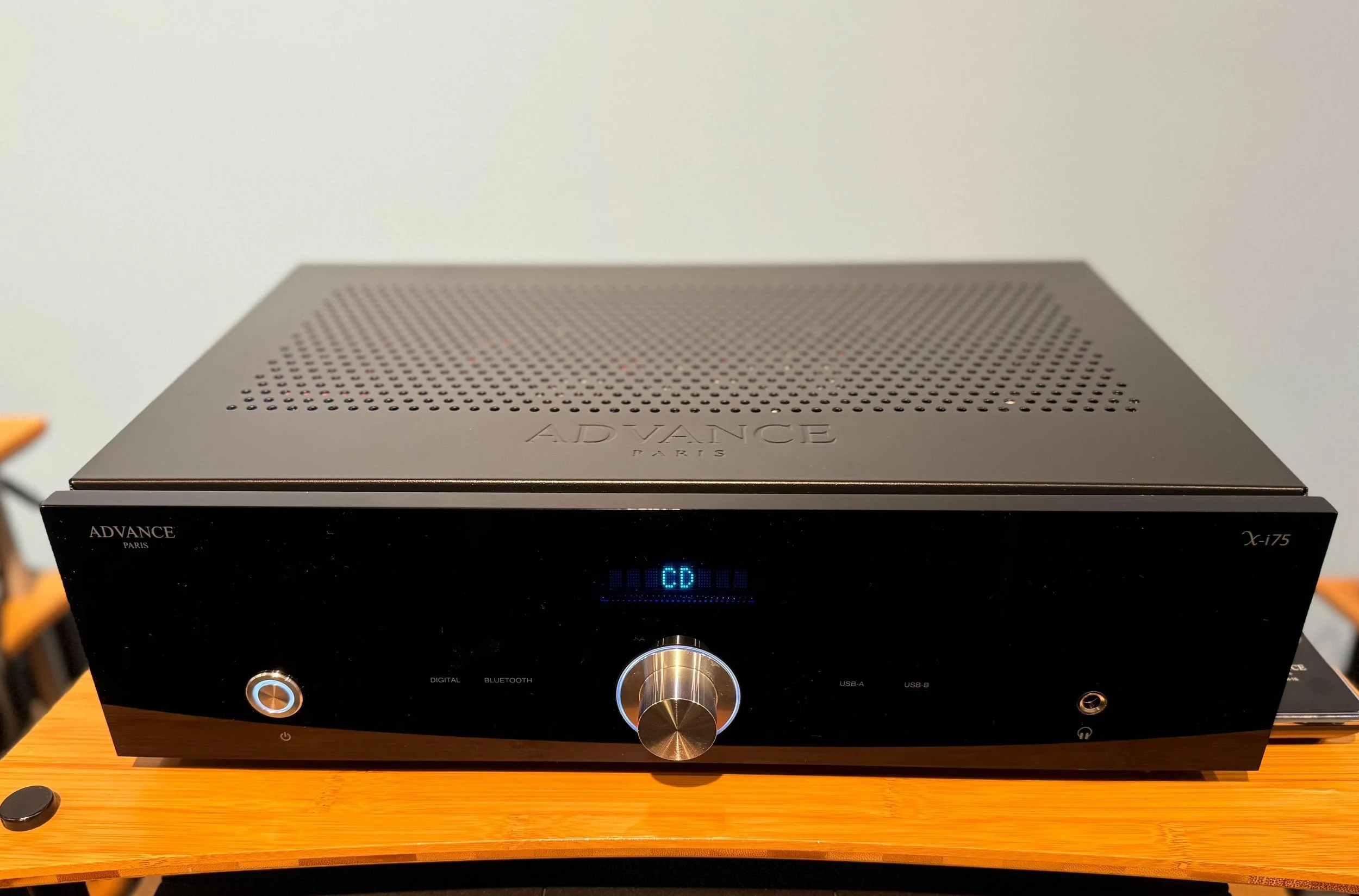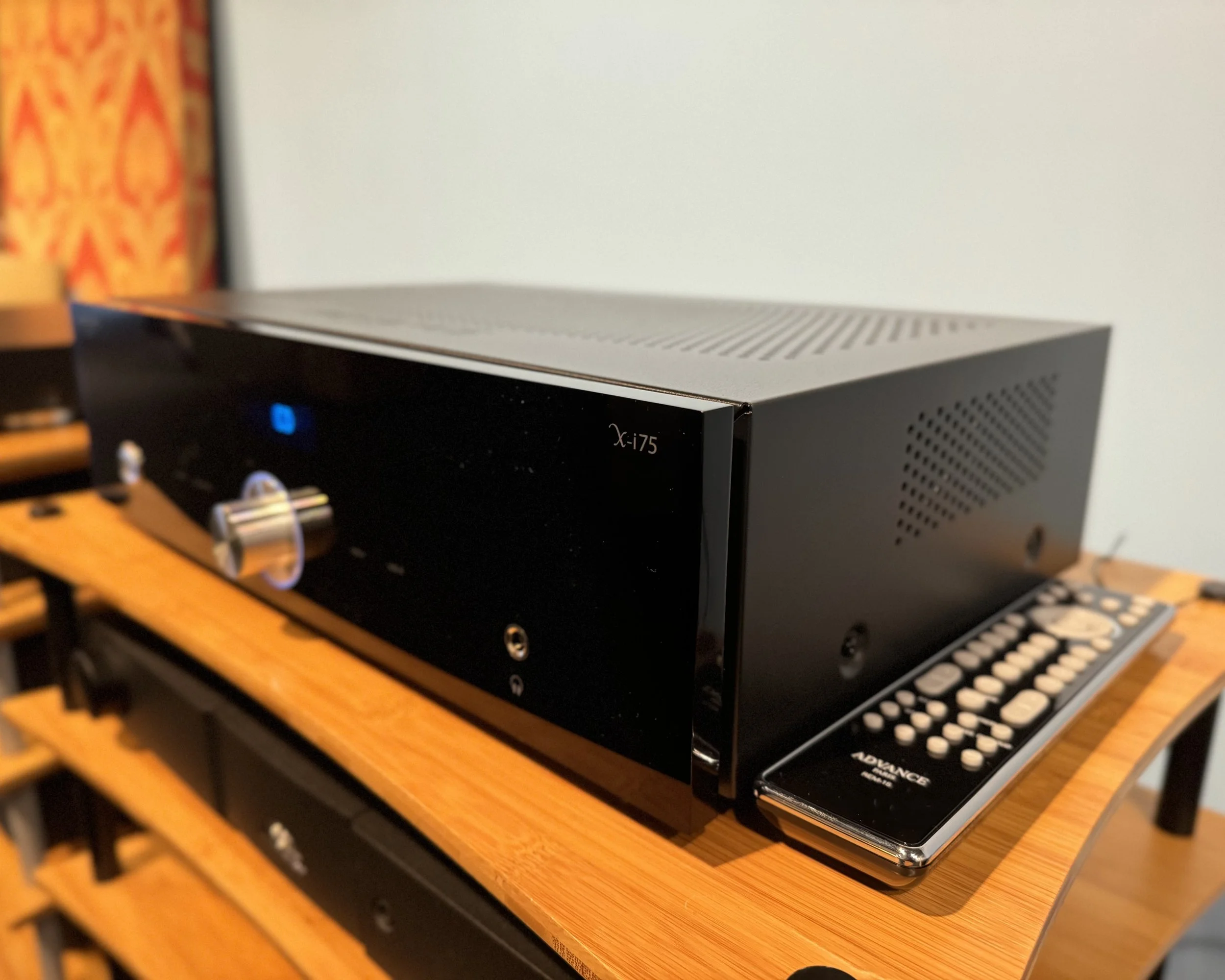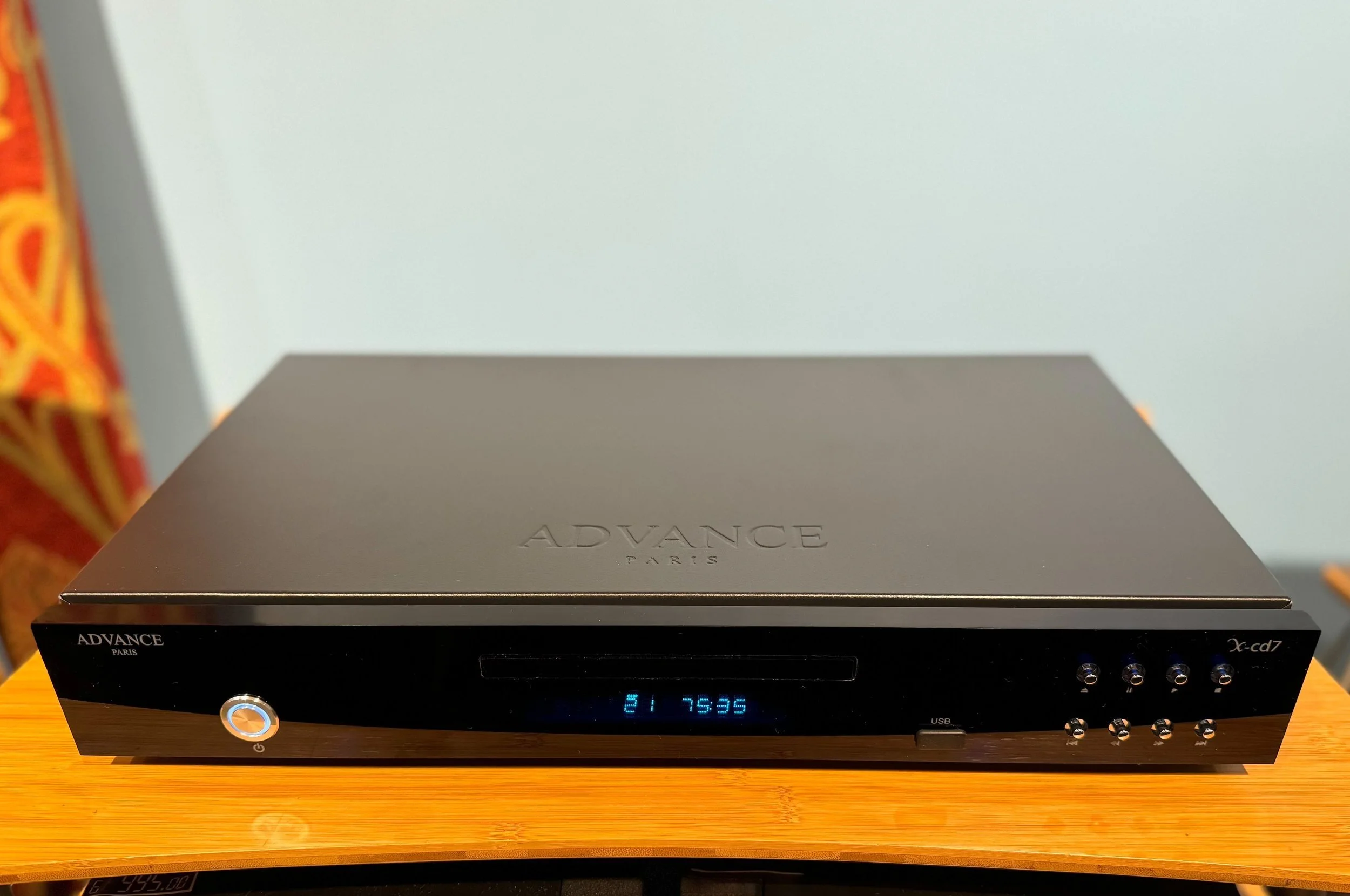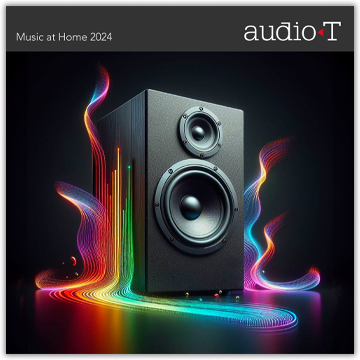Jack of All Trades? The Marantz Stereo 70S AV Receiver
/Our story begins with the arrival of our new demo Panasonic TV-65Z95AEB television just a short while ago. Obviously we needed an amplifier and speakers to accompany it (obviously!), looking all lonely as it was on its stand, so we started scratching around for something a bit more interesting than a stereo amp with a DAC inside. Remembering the Marantz Stereo 70s, we connected one and fired it up.
such a cute display
The 70S is a unit that on first look, appears to fall between two stools. Is it a stereo amplifier or is it a home cinema one? Well... It’s kind of both. In our Swansea store, I’m the only staffer with a “traditional” home theatre set-up – a chunky multi-channel amplifier, five speakers & a subwoofer (well two actually, but that’s another story). I thoroughly enjoy the immersive nature of it, I use it for music, film, TV, gaming and it sounds terrific. I’ve spent a long time building it and because I work in a big-boy toyshop, I get to choose from a great many nice things.
My colleagues have different priorities and therefore take a different approach. They are both very much “music first” individuals and their systems at home reflect this – turntables, phono stages, streamers, amplifiers and speakers. To enjoy film and live concerts more, (because why wouldn’t you?) they’ve connected their TVs to their amplifiers via a DAC of some description and very much enjoy the stereo soundtrack to accompany the latest Glasto or episode of “Slow Horses.”
that bowie fellow is everywhere
Inputs
Now, this approach is all fine and dandy if you don’t mind (or secretly rather enjoy) having lots of boxes and adding another to your existing system, but what if you’re looking for a new amp, but can’t (or won’t) entertain the multi-unit approach and are really into music, film, TV, gaming and want to enjoy them all? Enter the Marantz Stereo 70S. Equipped with six HDMI sockets, three of which are 8K, plus eARC for audio from one’s television, a couple of analogue RCA inputs, a moving magnet turntable input, optical and coaxial digital audio inputs, a DAB/FM tuner and Marantz’ proprietary HEOS music streamer (accessed from their HEOS app) capable of playing music files from Tidal, Amazon HD, Apple Airplay2, Spotify Connect, your own networked music and internet radio, all in one very smart-looking box.
just about every input one could reasonably hope for, including a dab/fm tuner
Outputs
Outputs for two pairs of speakers, two subwoofers, a power amplifier (should 75Watts somehow prove insufficient) and second zone analogue pre-outs appear on the logically laid out rear panel. A full-sized (6.3mm) headphone socket is a welcome inclusion on the front.
It’s a handsome product, the new double-deep fascia design draws positive remarks from just about everyone who sees it. I particularly like the minimalist, recessed LED display which to me at least, is curiously nautical and the smart dark grey/brown handset is back-lit – oh so useful for those dark winter evenings.
that raft of hdmi sockets in all their glory
Performance
The musical performance is suitably gutsy and coherent, with plenty of layers revealed and satisfyingly resolved. 24 bit files are particularly well treated. The moving magnet phono stage is pleasingly serene, as are the other analogue inputs. Audio via HDMI sounds spacious, clear and solid. There’ll be far less straining to hear film dialogue than with typical TV speakers and soundbars.
With no Dolby Digital decoder, you’ll need to setup your source HDMI audio outputs to ‘normal’, ‘stereo’ or ‘PCM’ or you'll hear nothing at all.
By a curious quirk of fate, I found a function on Netflix called ‘Netflix Spacial Audio’ Designed to enhance stereo listening, Netflix Spatial Audio makes no discernible difference when heard on TV speakers, but bursts into life when deployed on the Marantz, yielding a wide soundstage and locking the dialogue to the centre of the screen, despite no centre speaker being present. It’s really most impressive. Bravo Netfix engineers.
the heos control and music streaming app in all its glory
Control
The breadth of connectivity options, including 8K-capable HDMI, plus HEOS streaming, makes it impressively flexible. It's wonderfully musical for the price, capable of fine detail with a particularly melodious midrange.
Marantz has created an alternative home cinema experience, free from the complexities of multichannel sound. For those looking to replace an existing stereo amplifier or, better yet, integrate one with their collection of HDMI-enabled media sources, this is a very solid buy. The Marantz Stereo 70s is currently £679* and on demonstration at our Swansea store.
Diolch yn fawr iawn - Thank you very much for taking the time to read our blog.
Adrian - Audio T Swansea
If you have any questions about any of the equipment featured in this article, or any other Hi-Fi or home cinema enquiries, be sure to Contact us
If you’ve enjoyed this, why not go ahead and read some more of our other blogs and be sure to follow us on our social media channels below…
Marantz can be found at the following Audio T stores -
*All prices, credit terms and interest rates quoted are correct at the time of going to press but may be subject to change. E&OE



